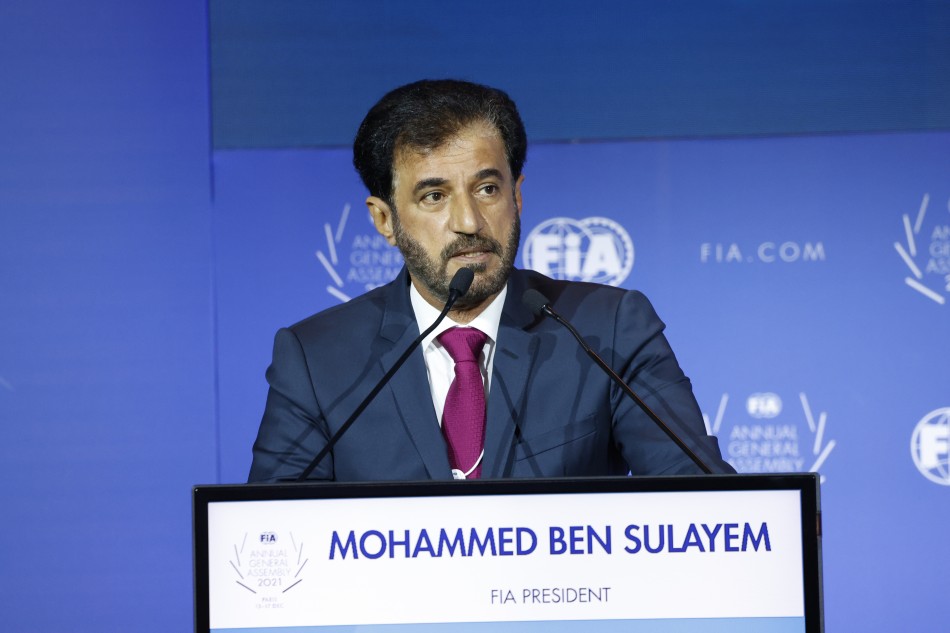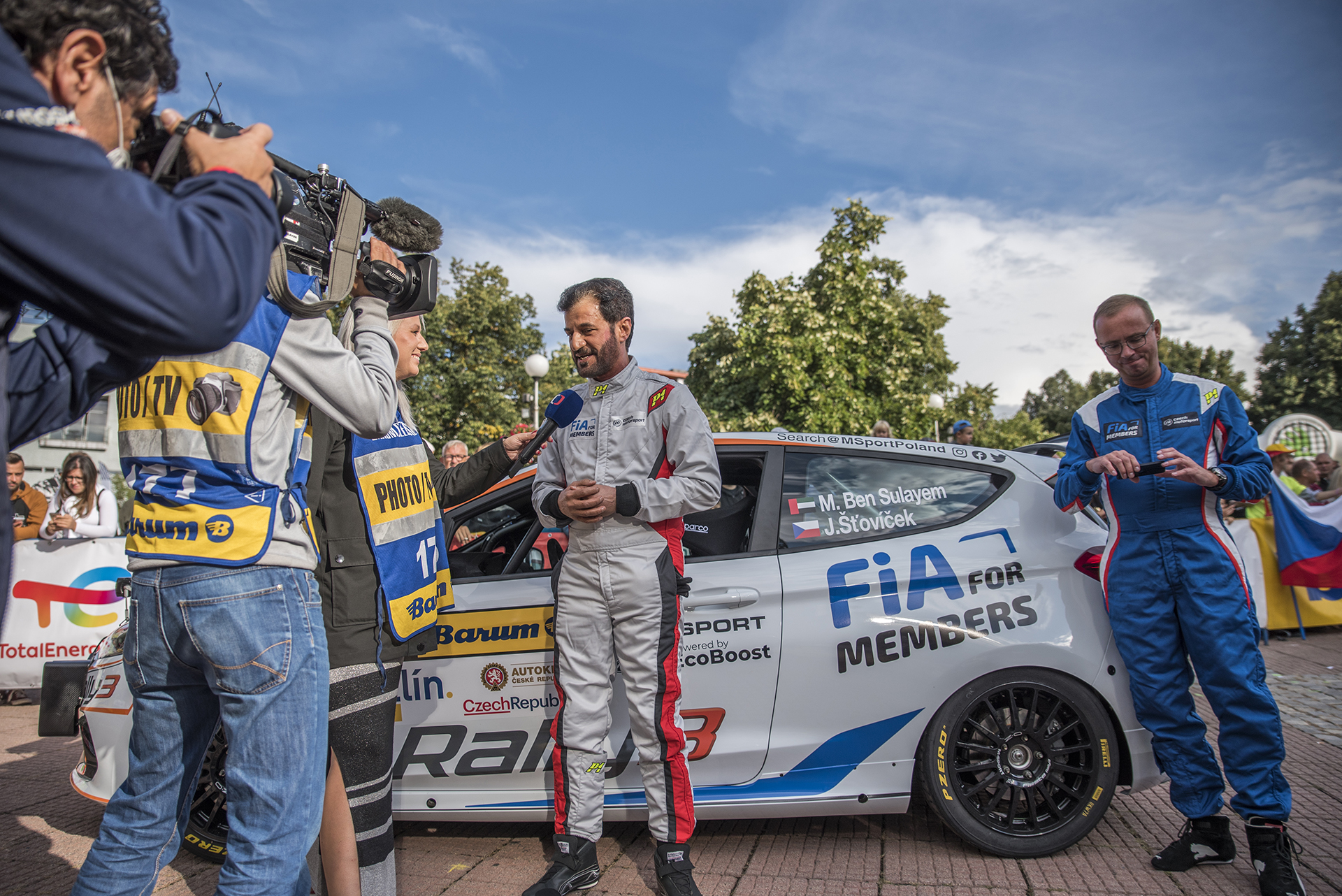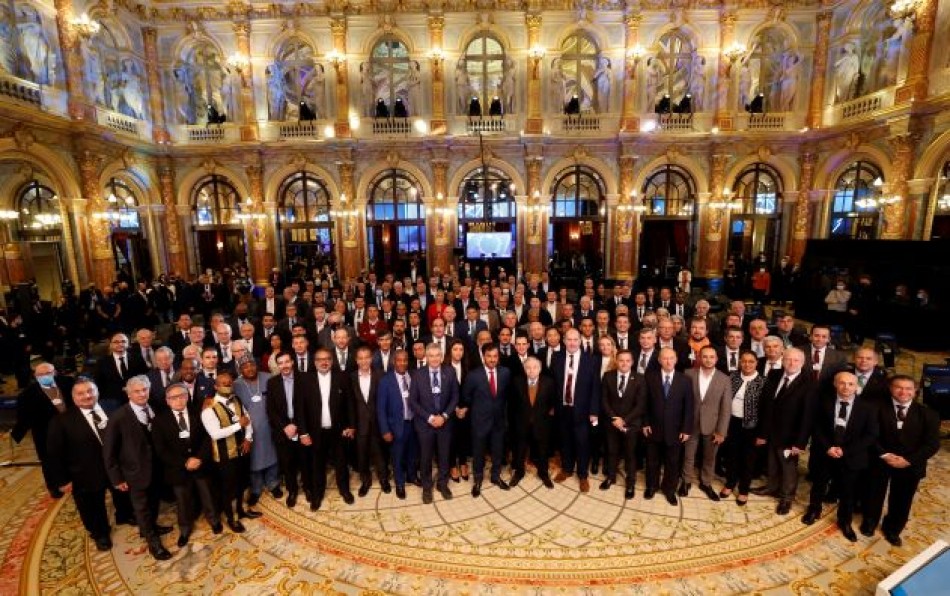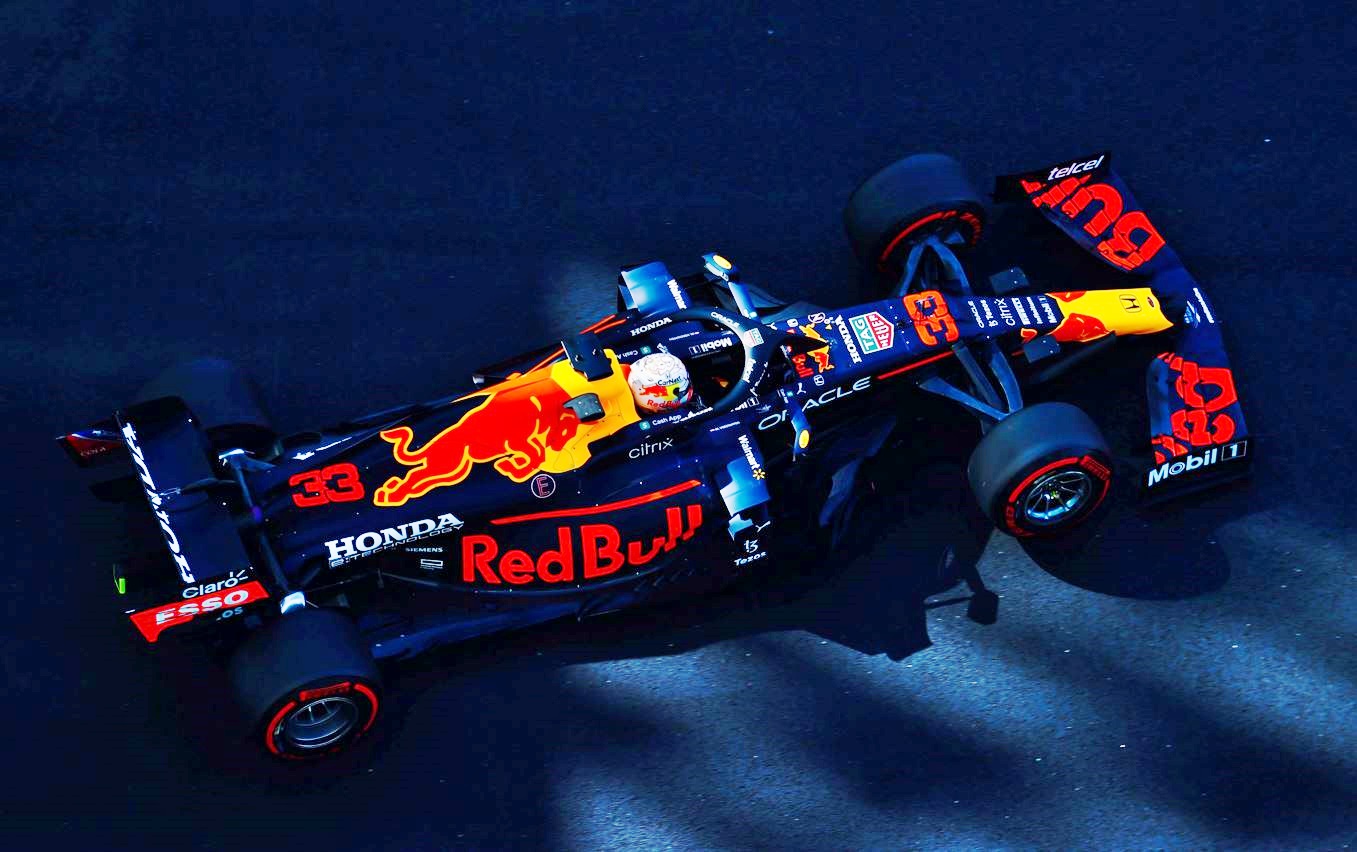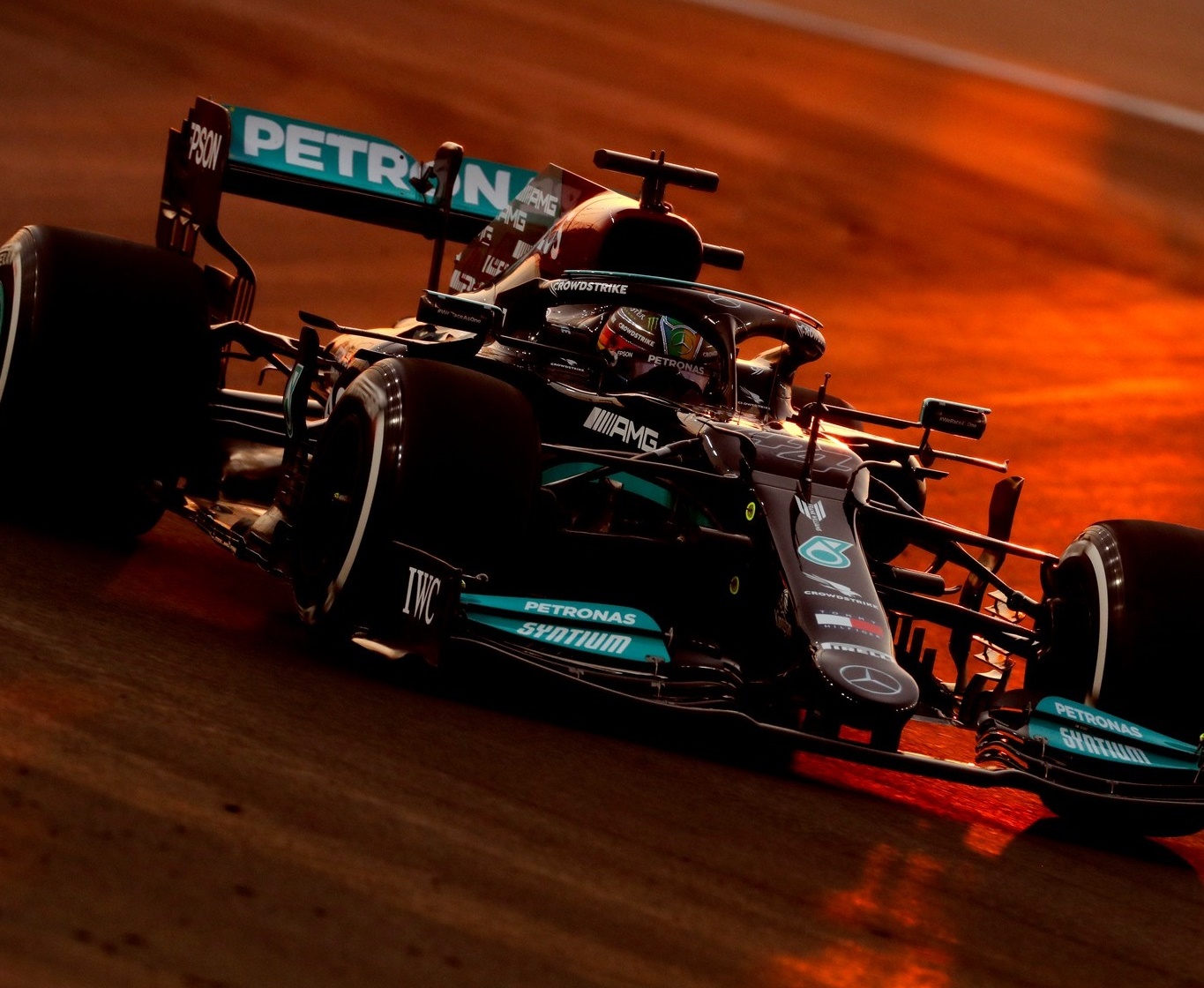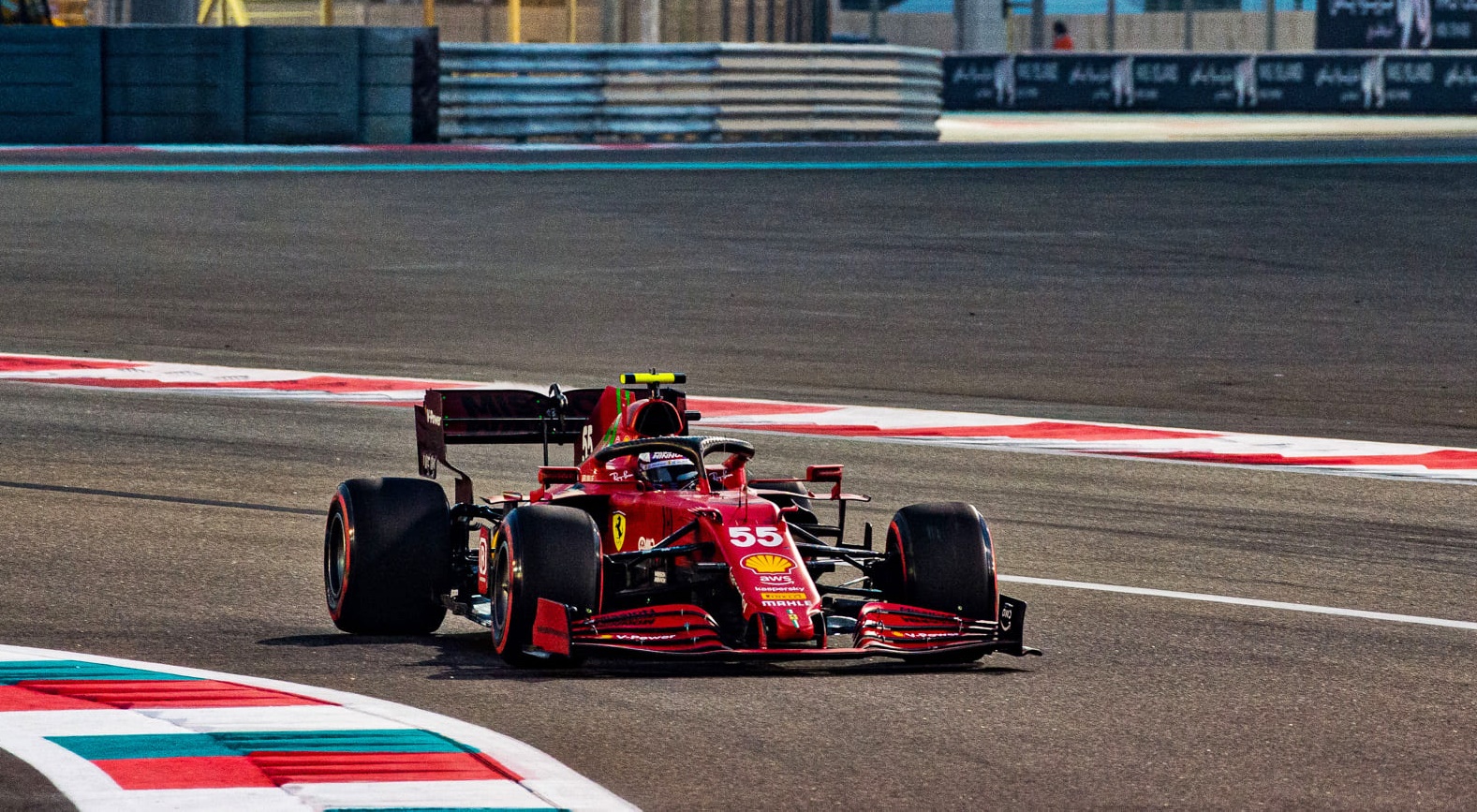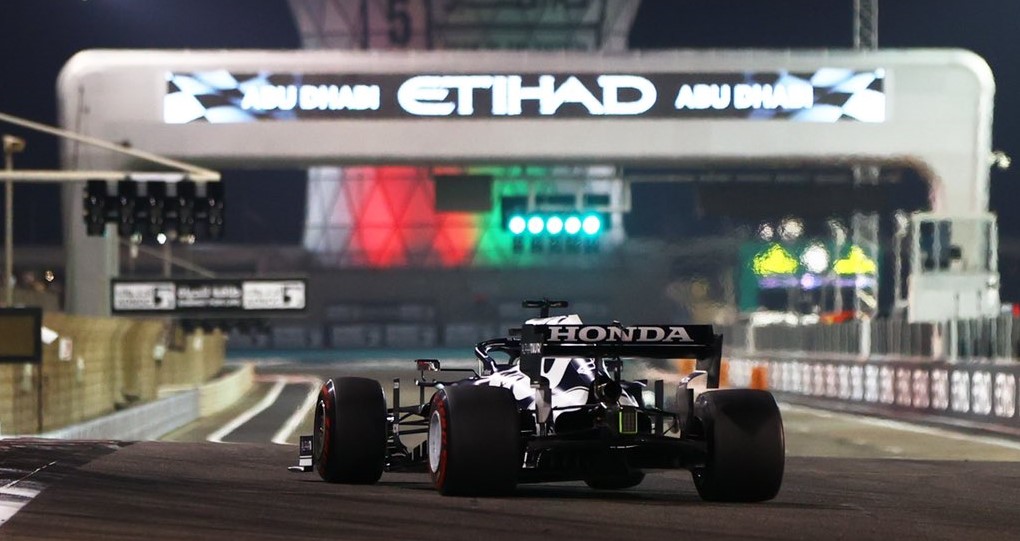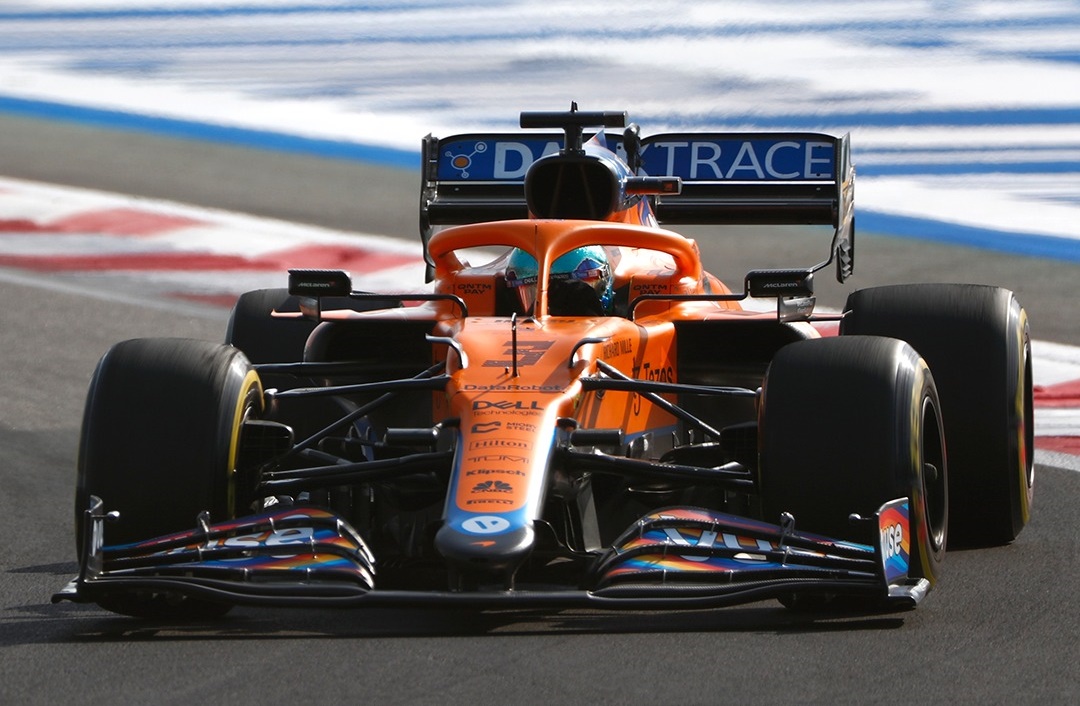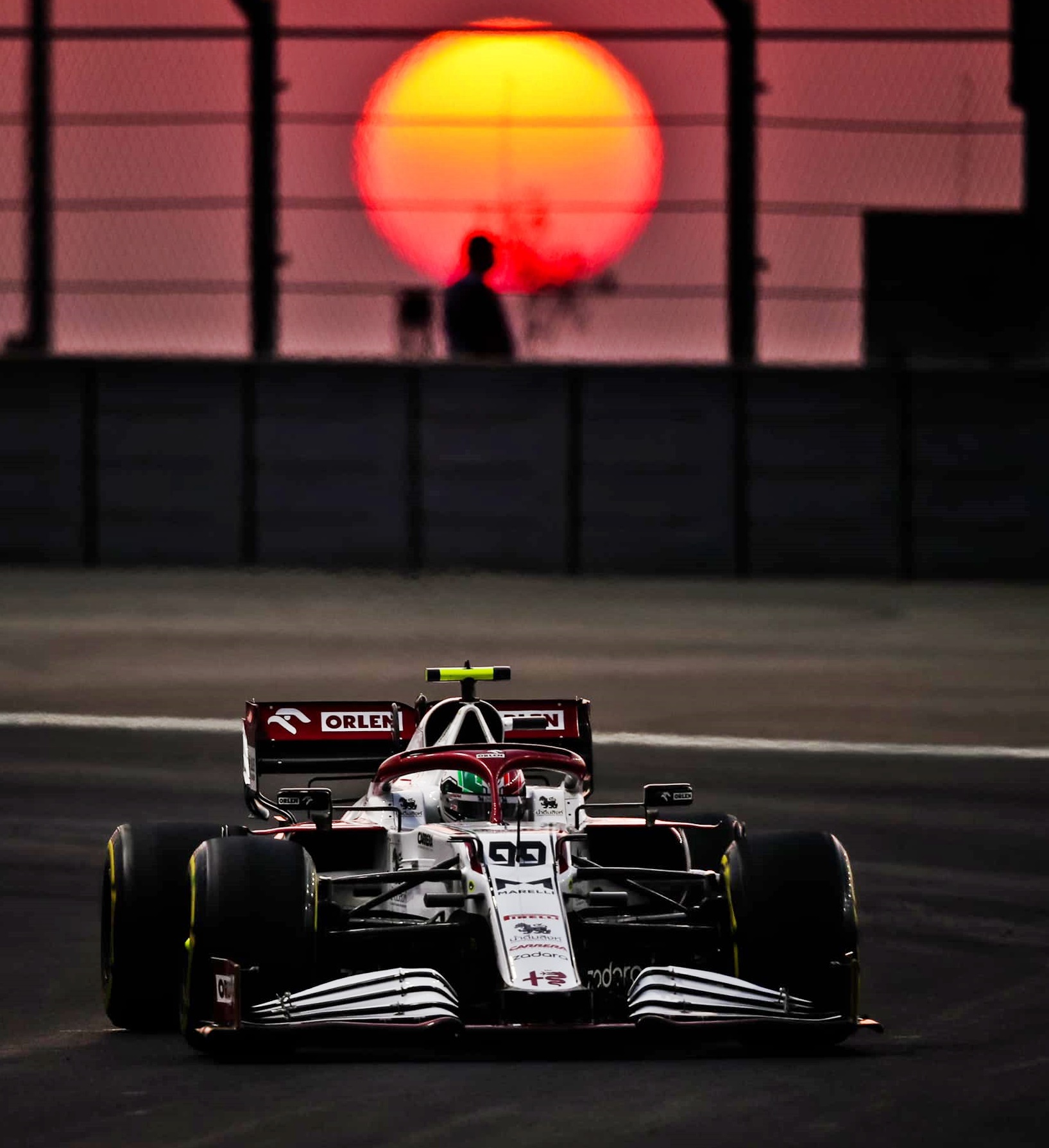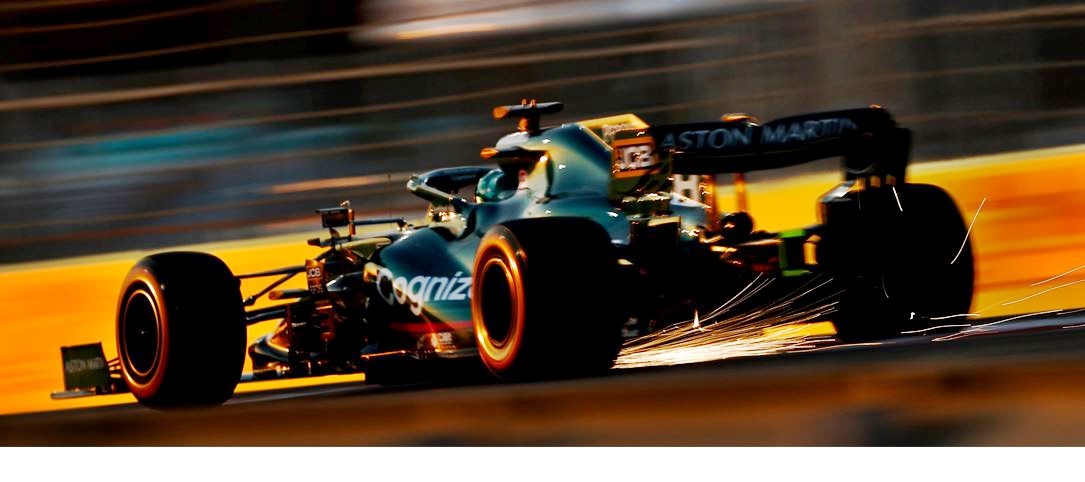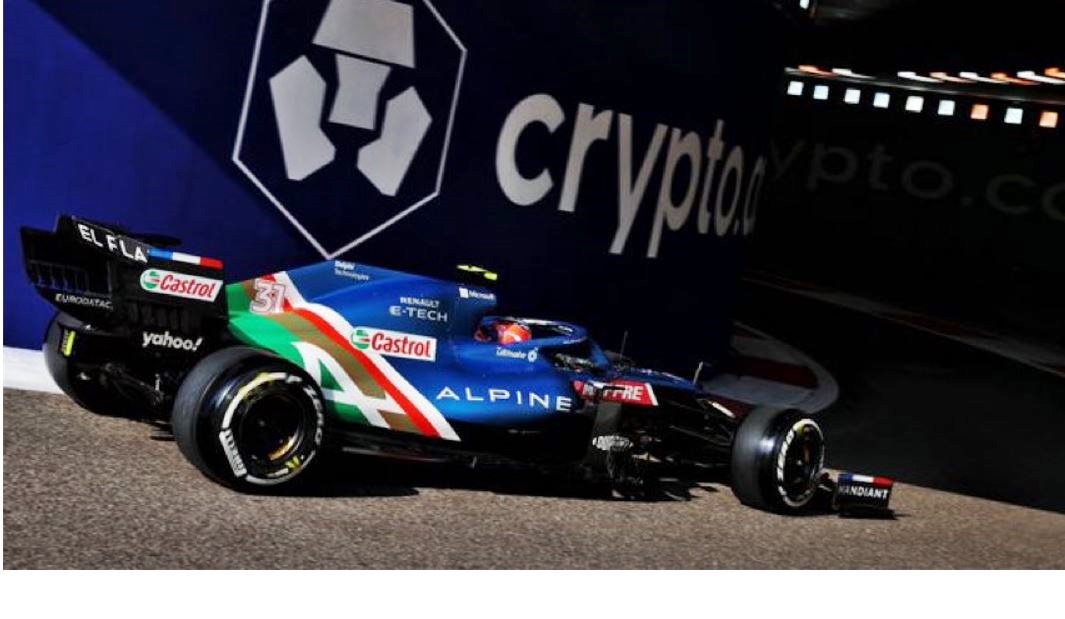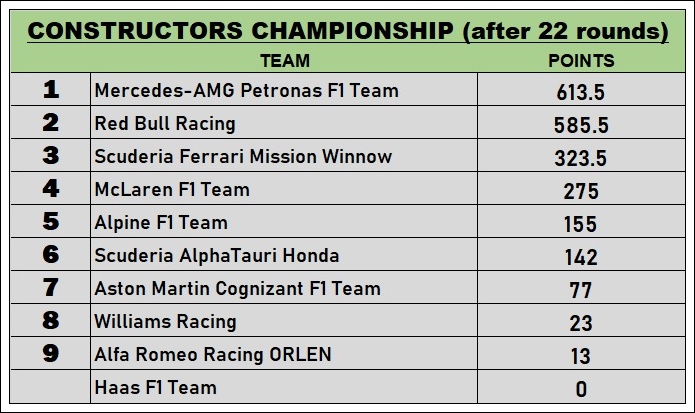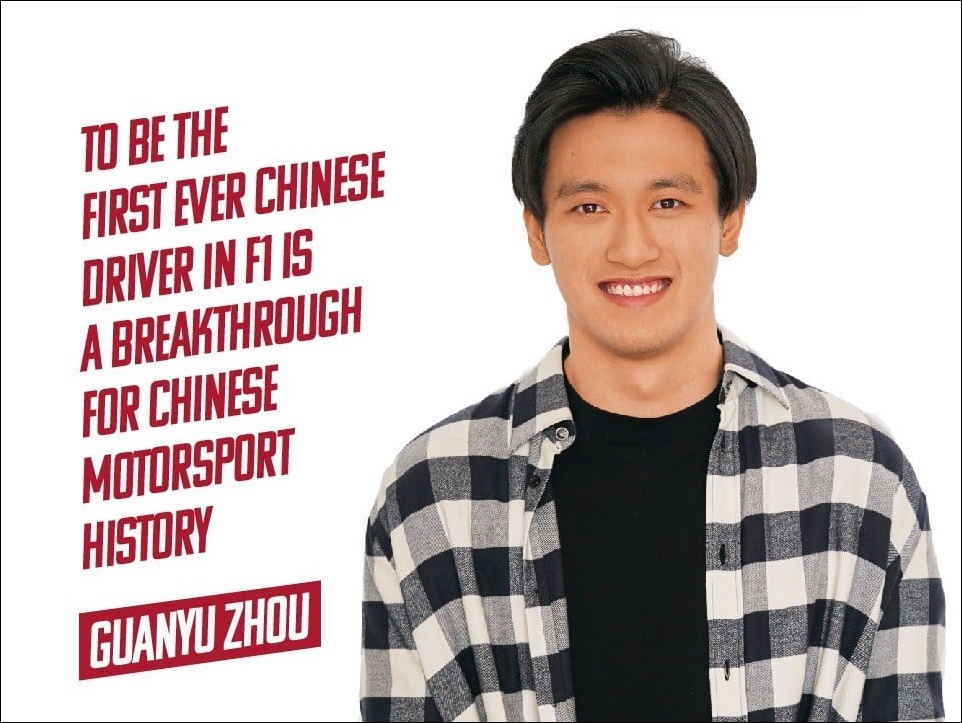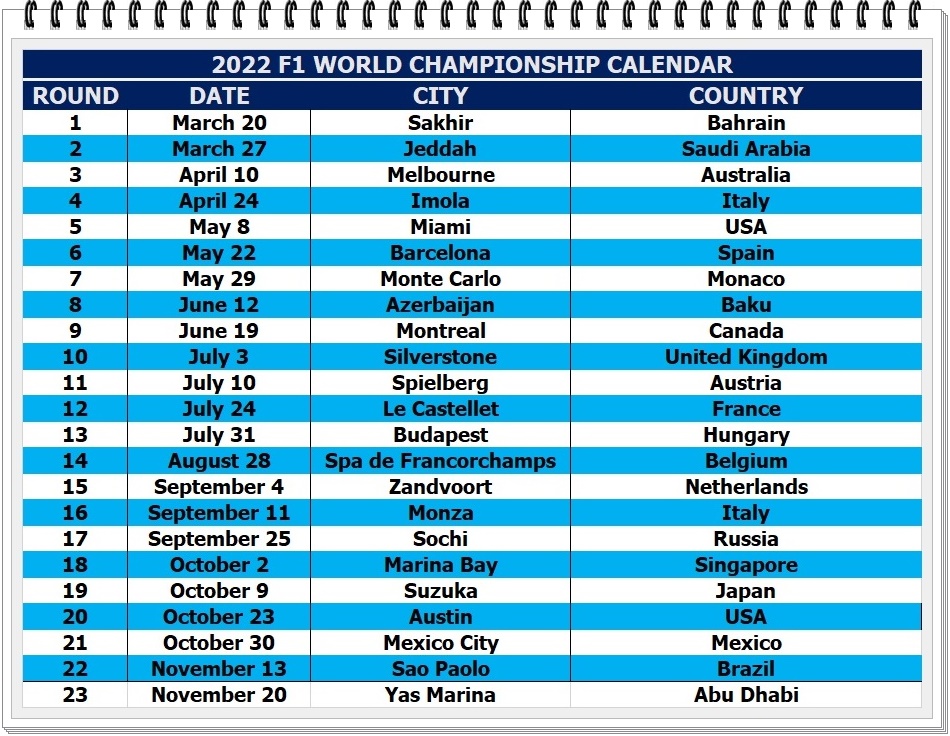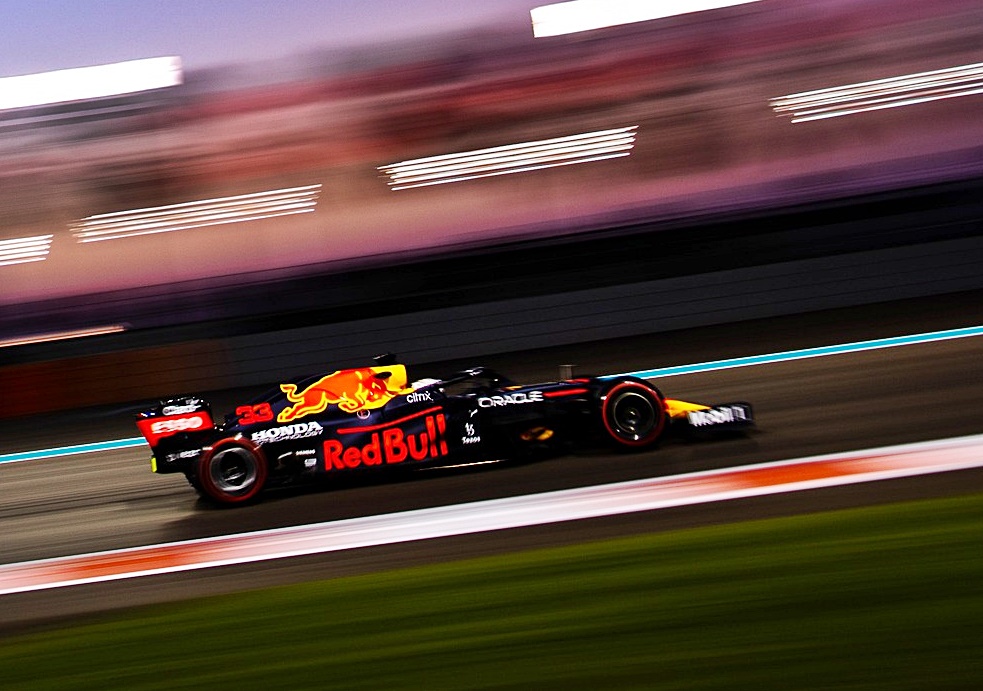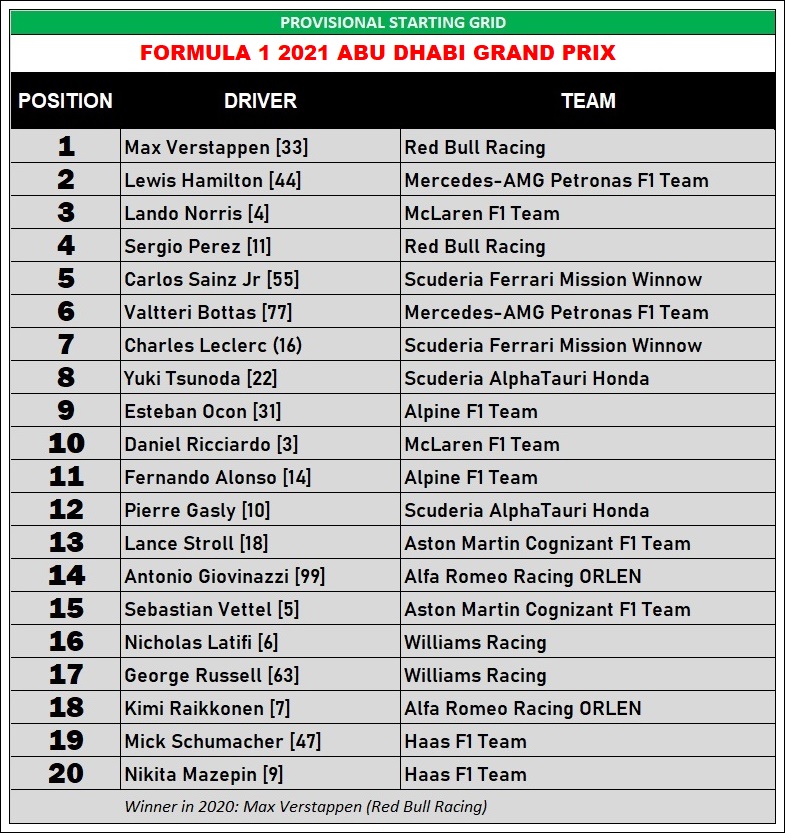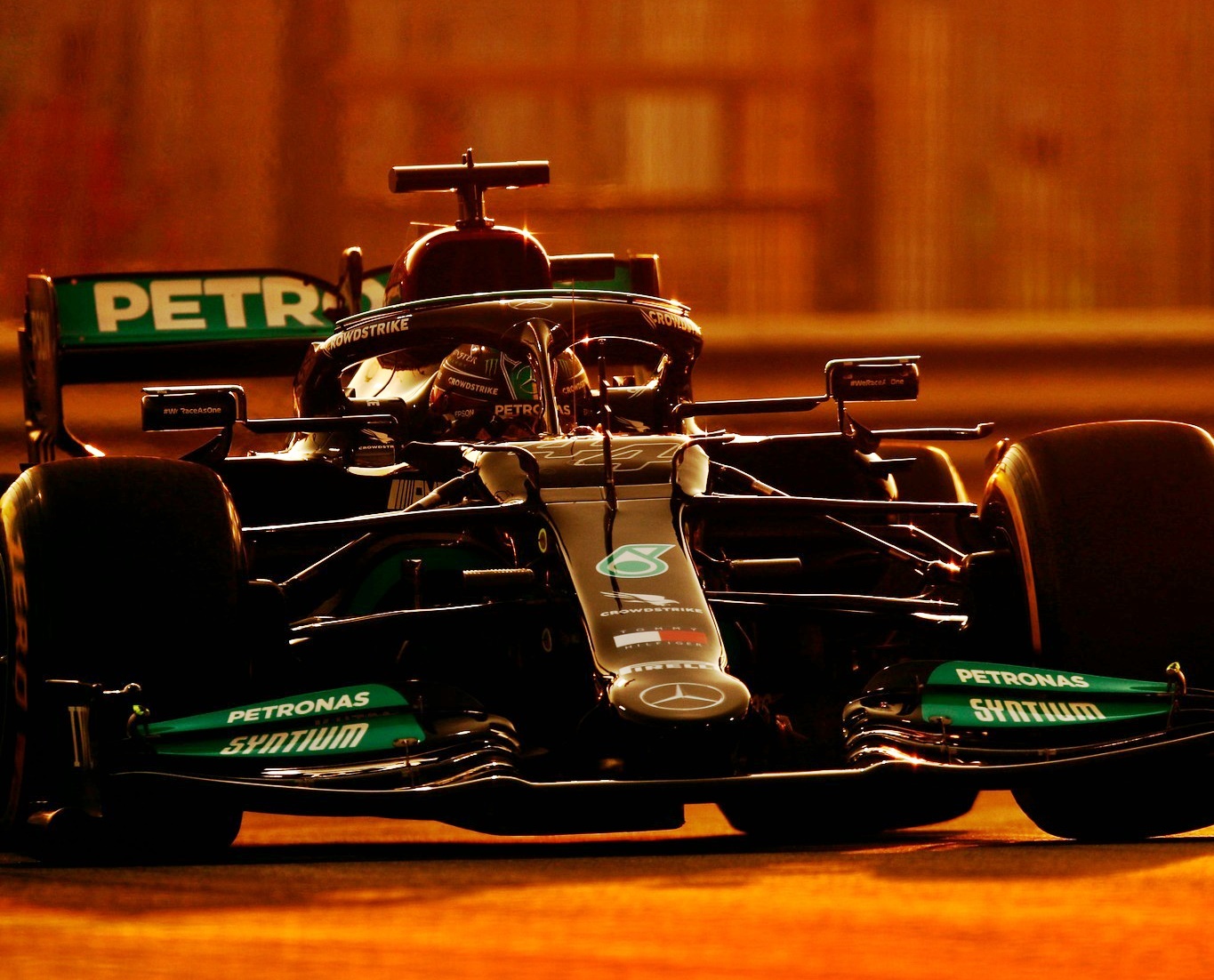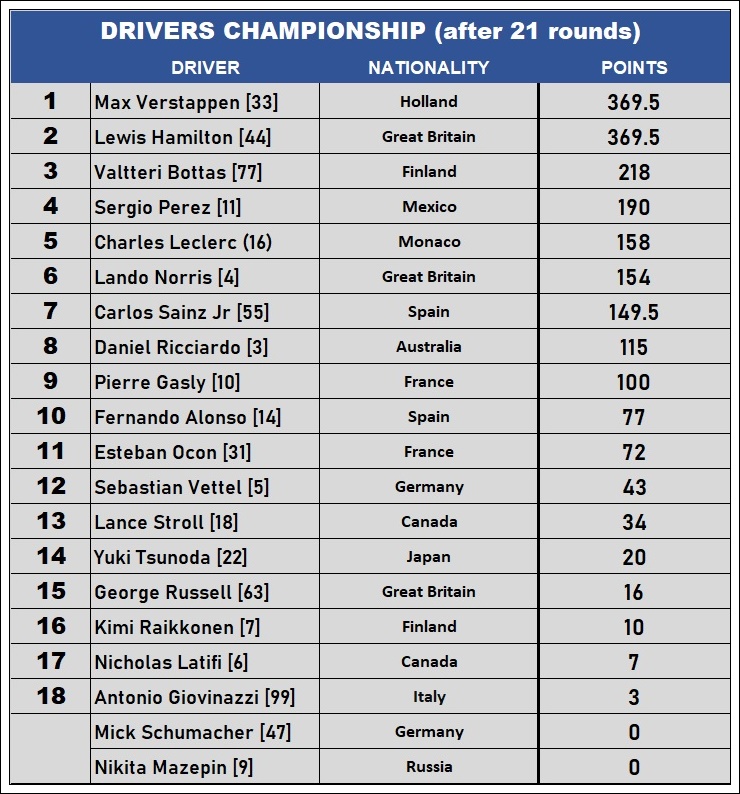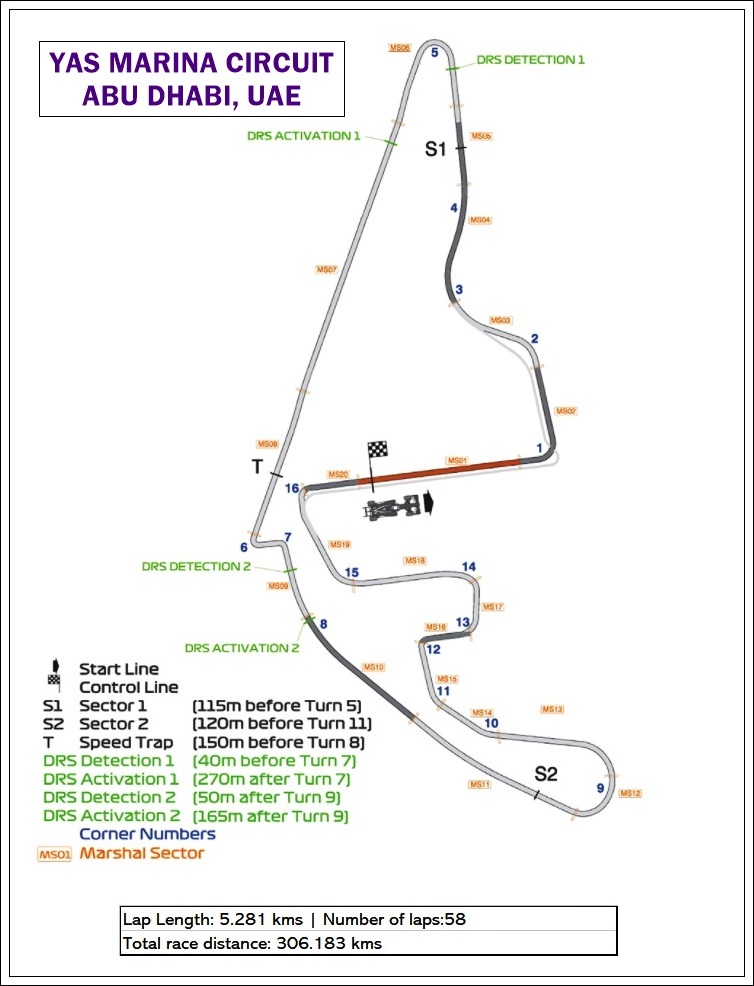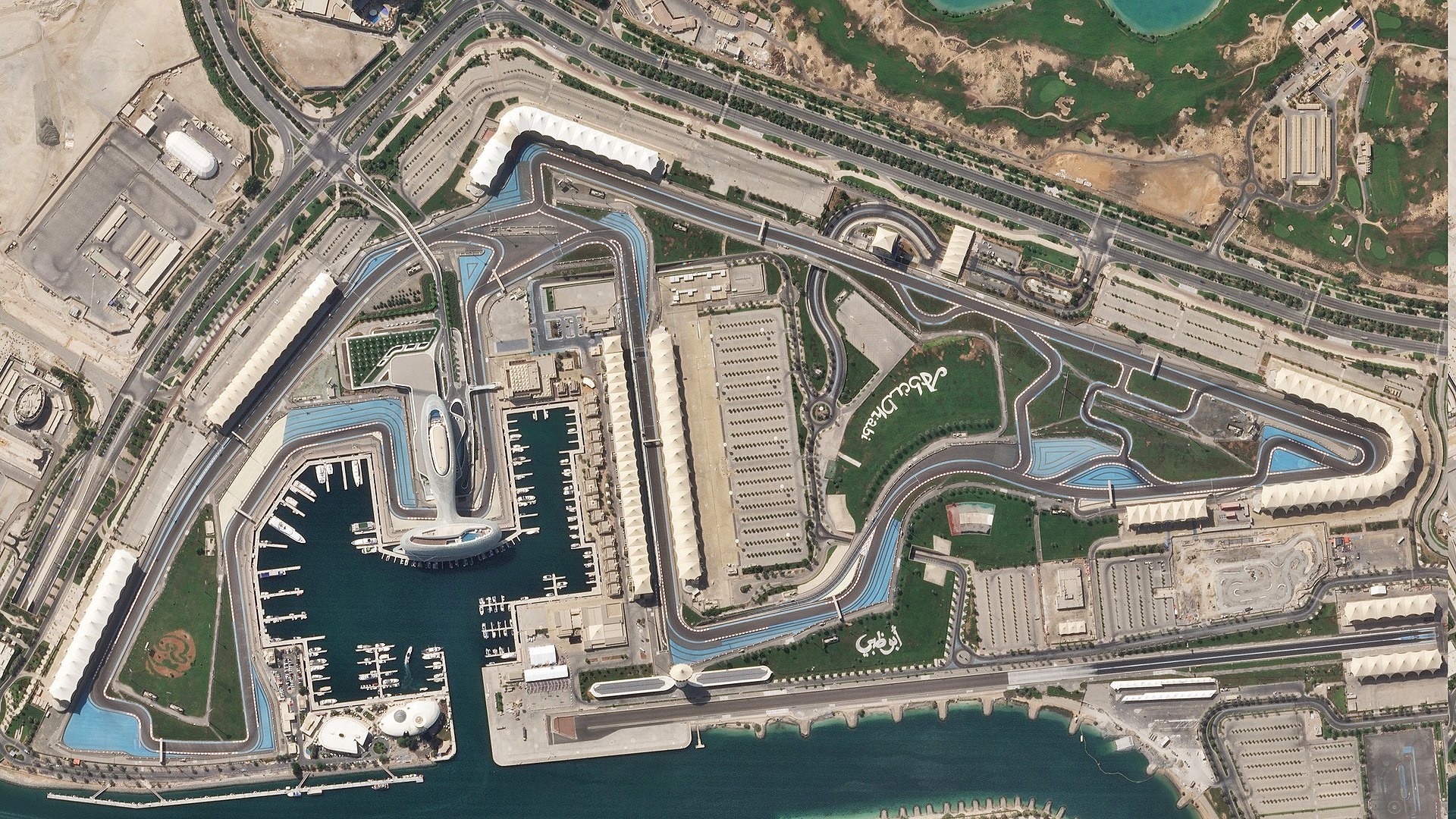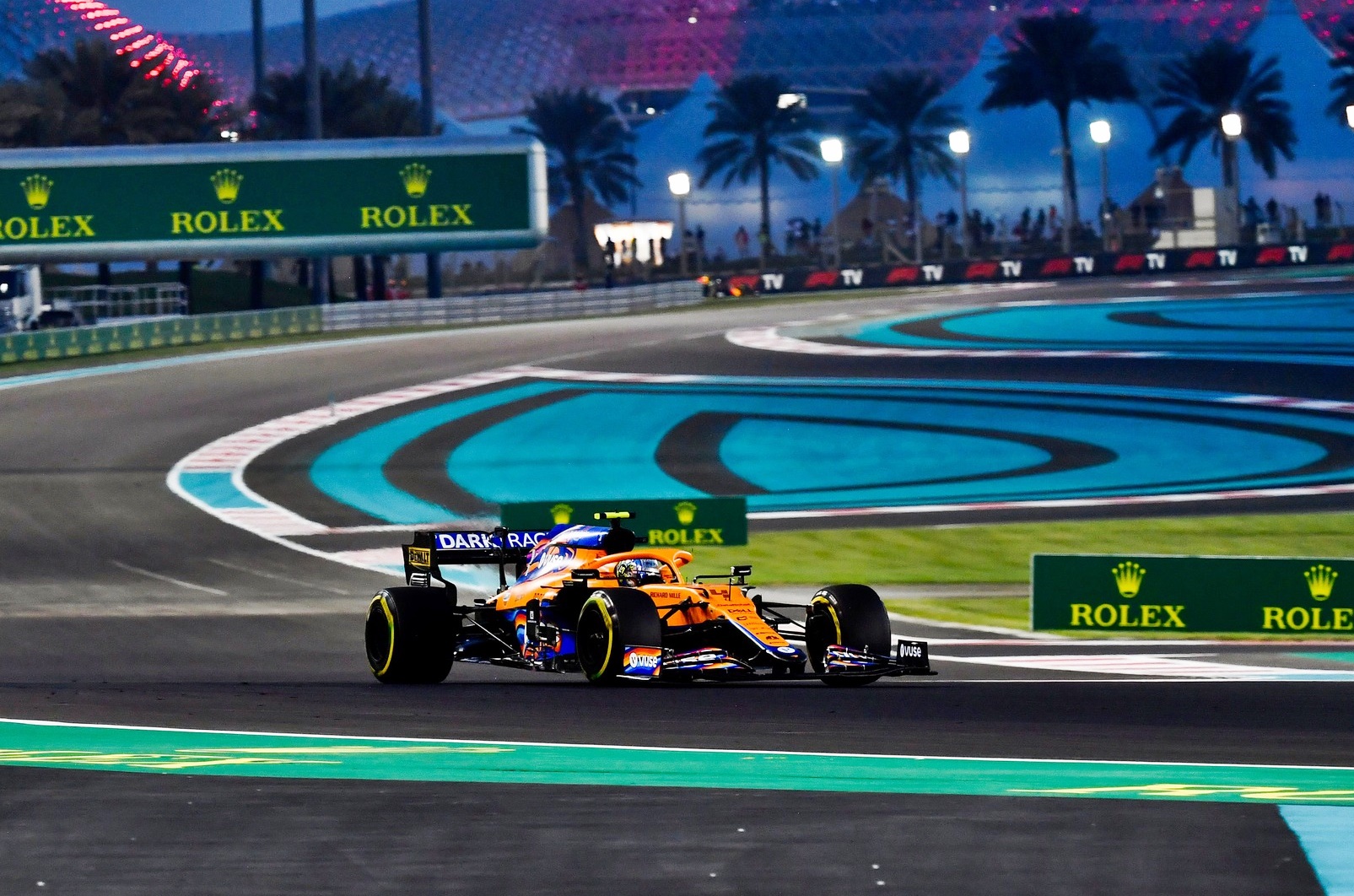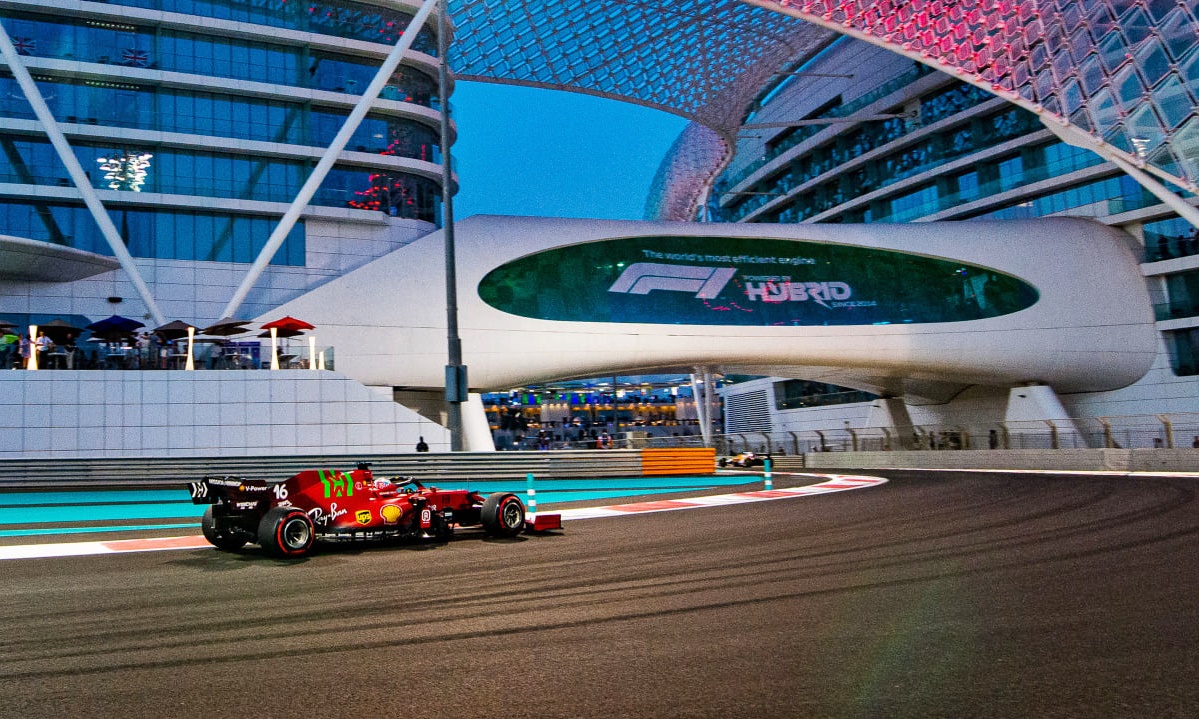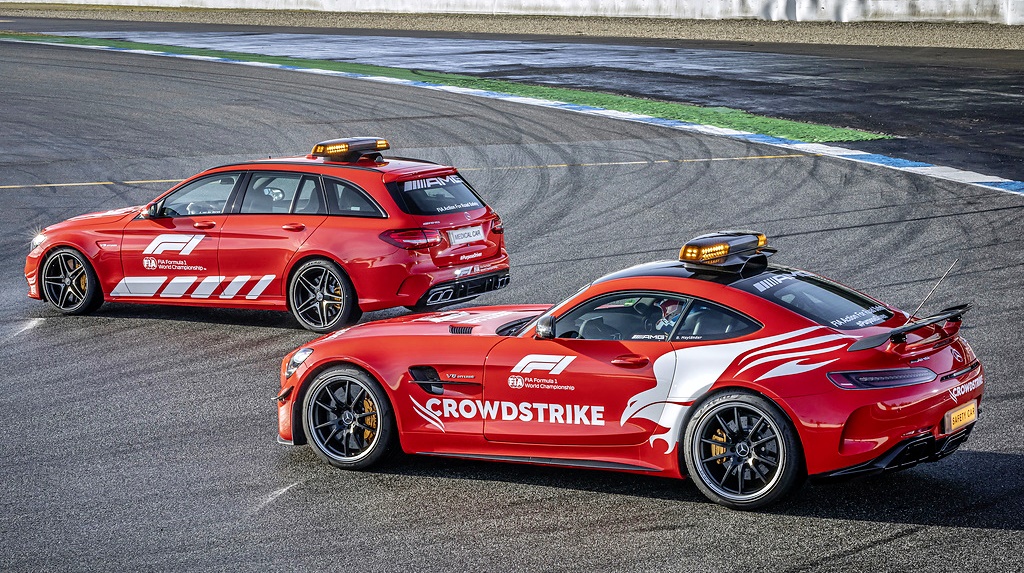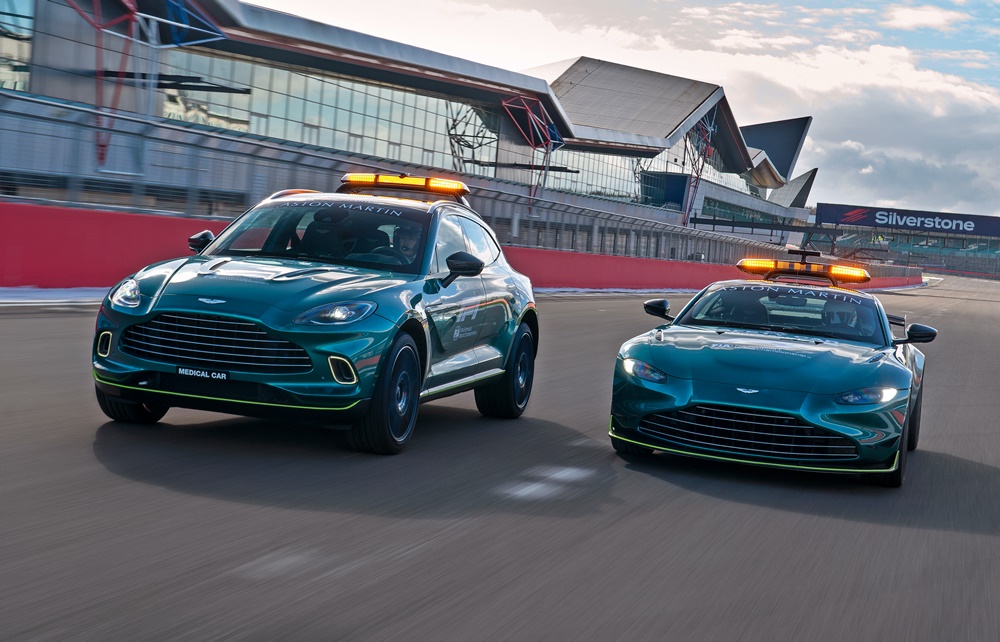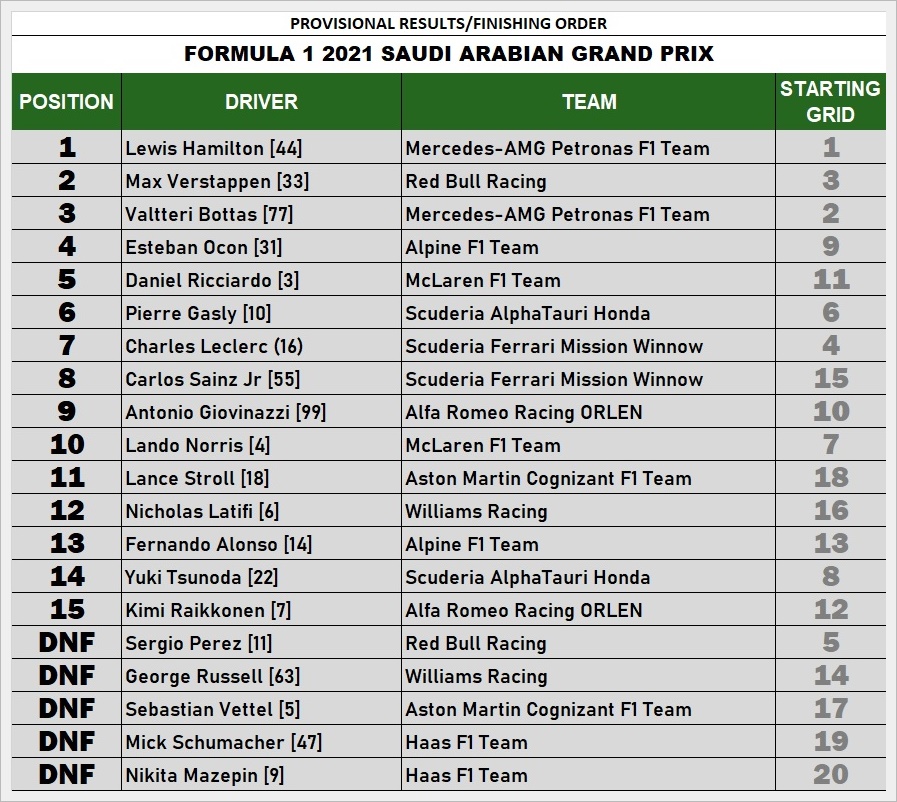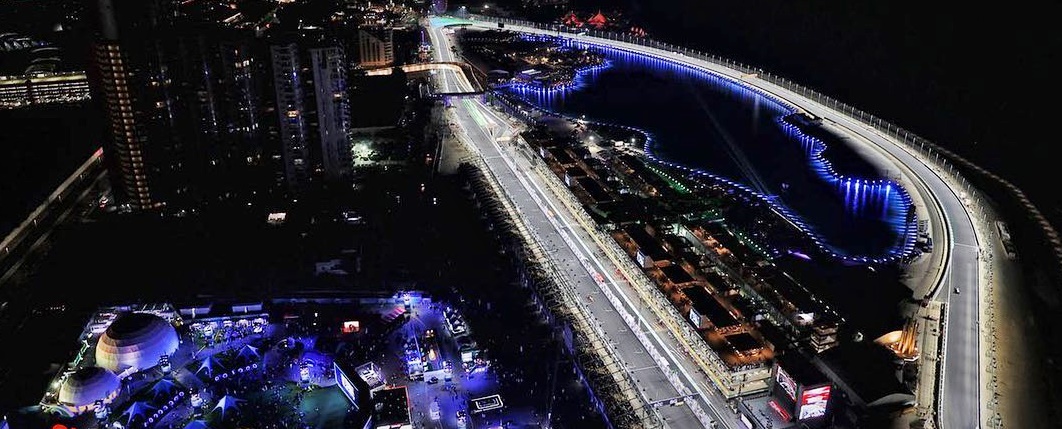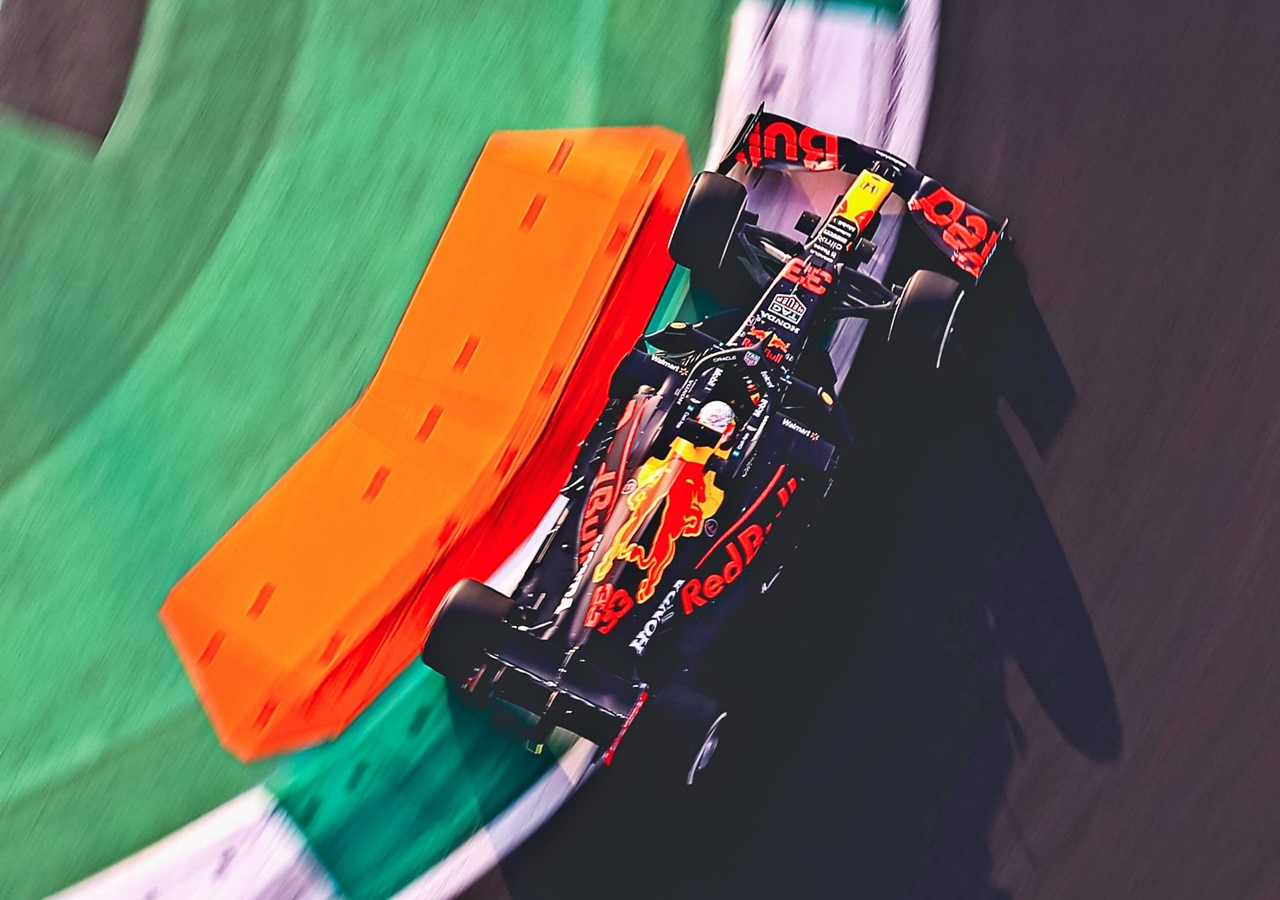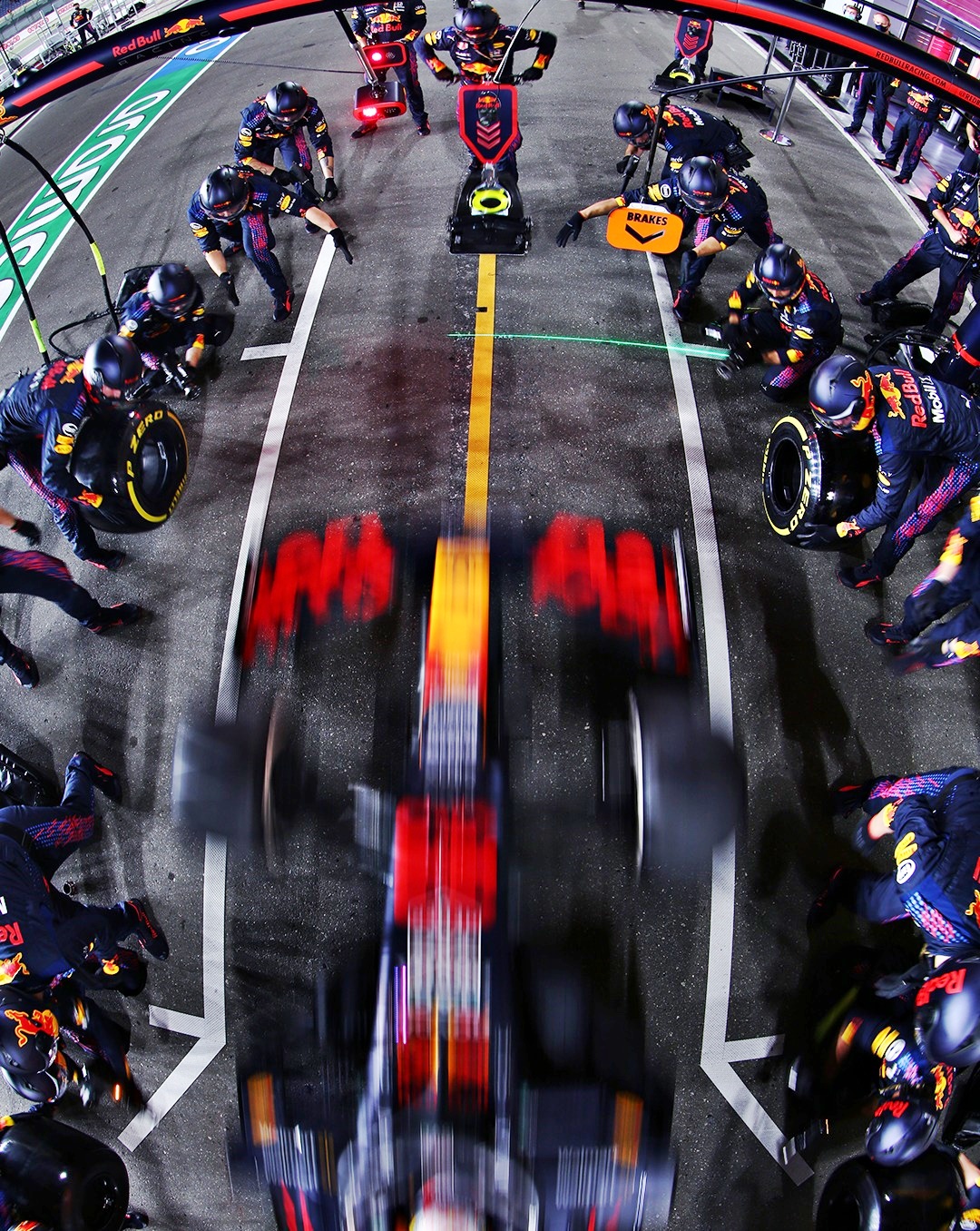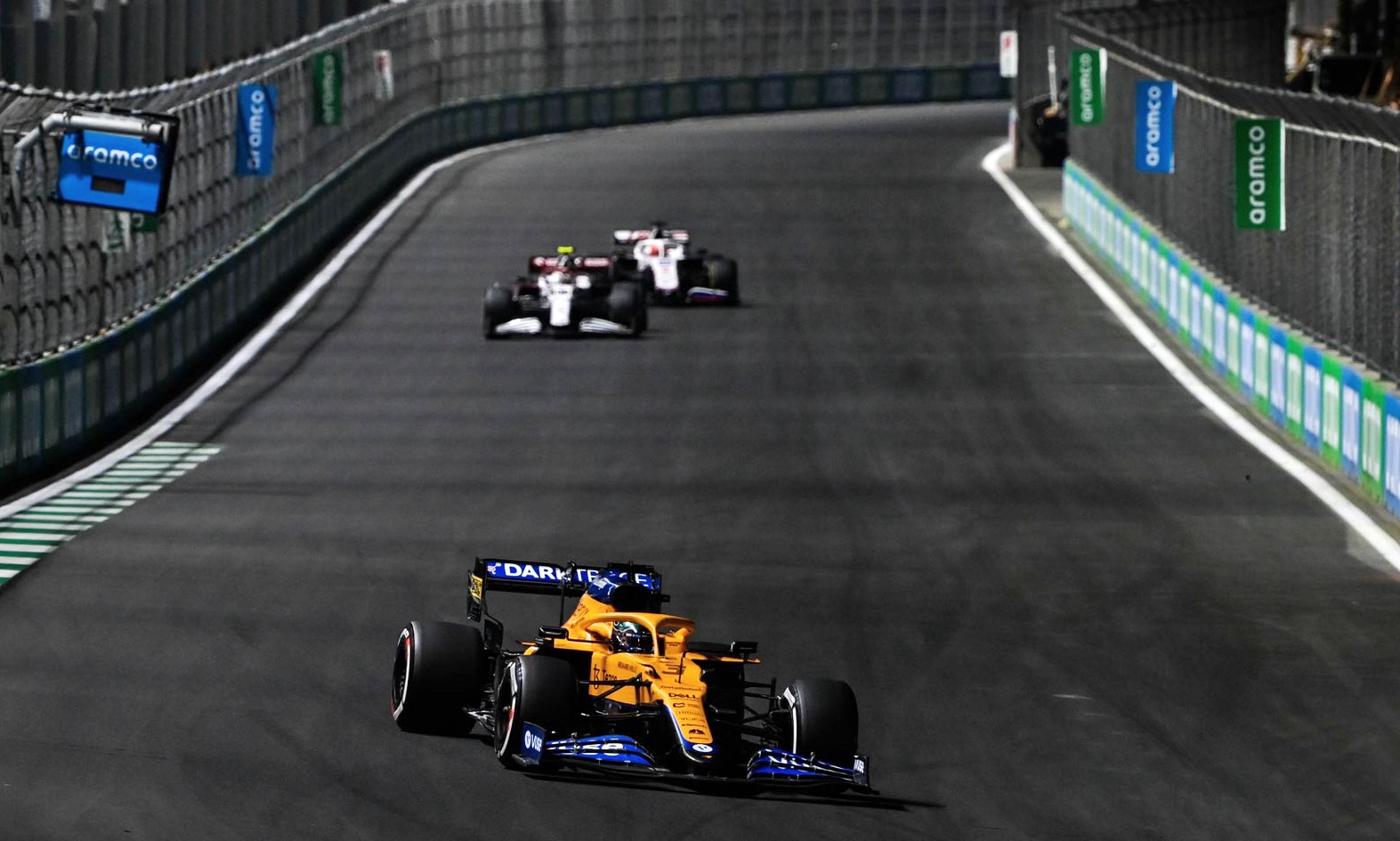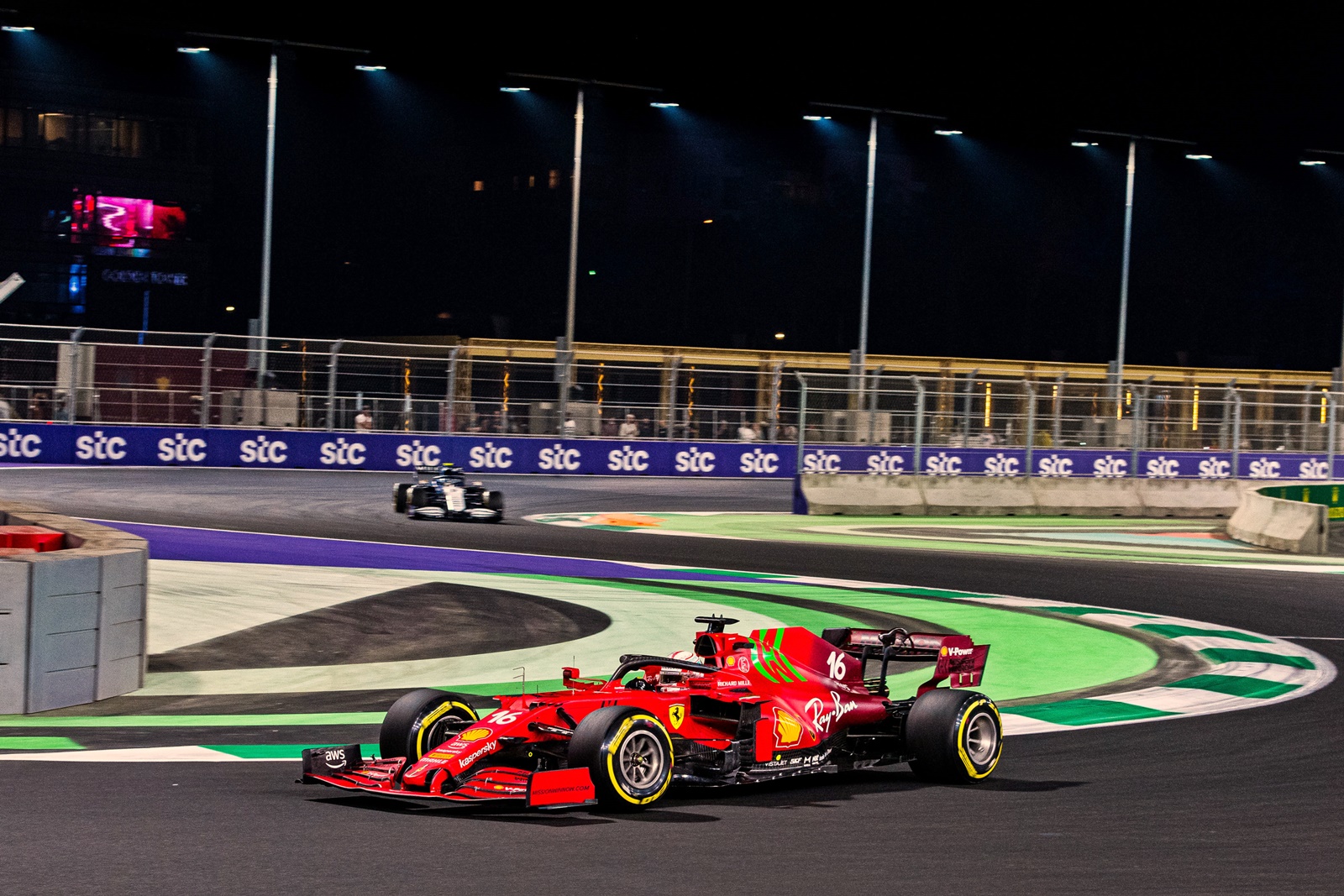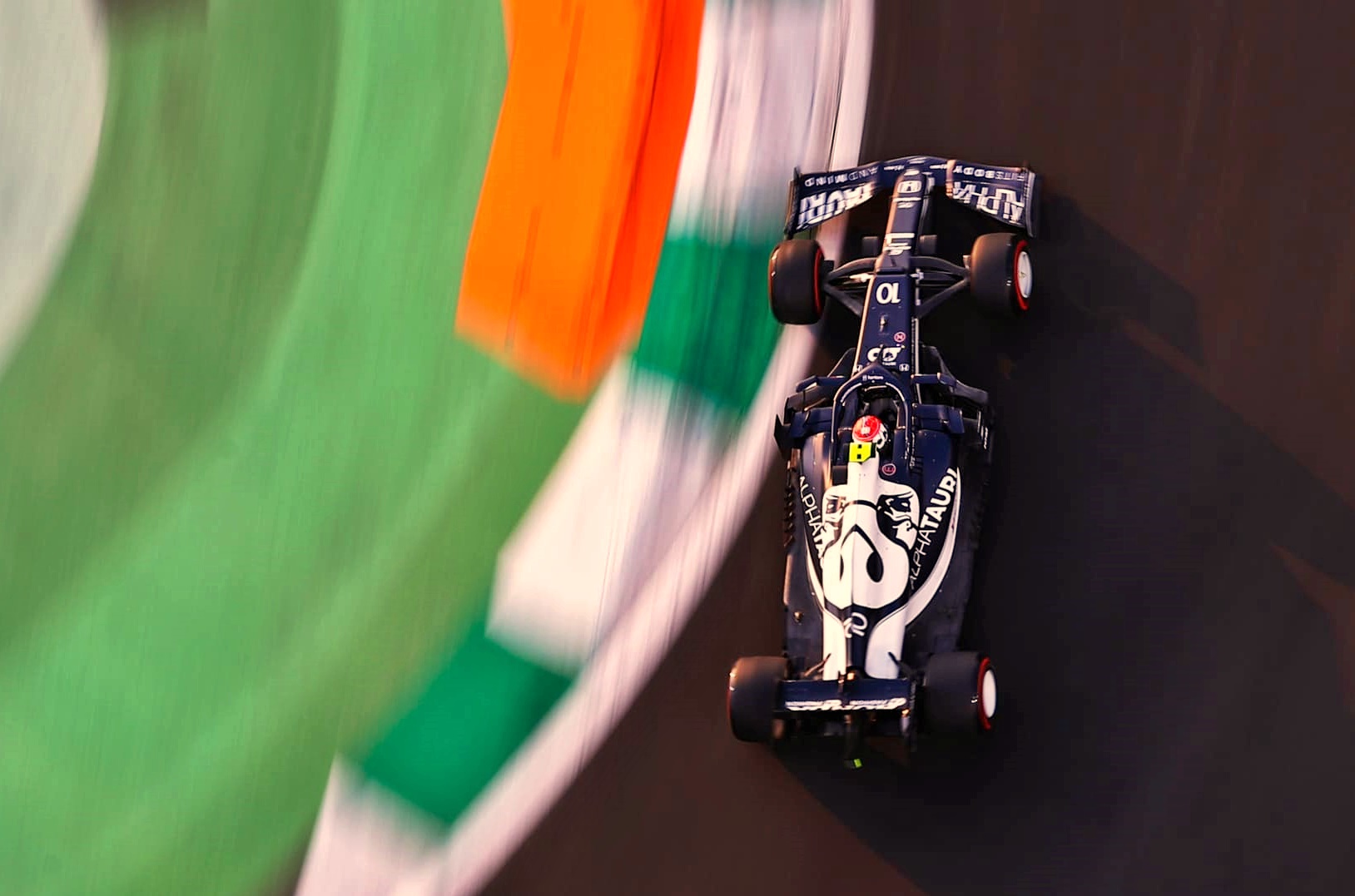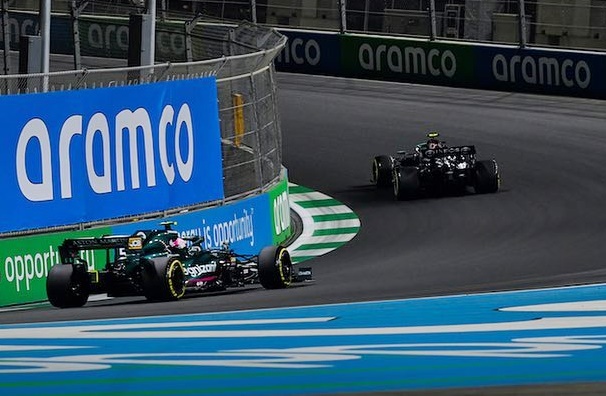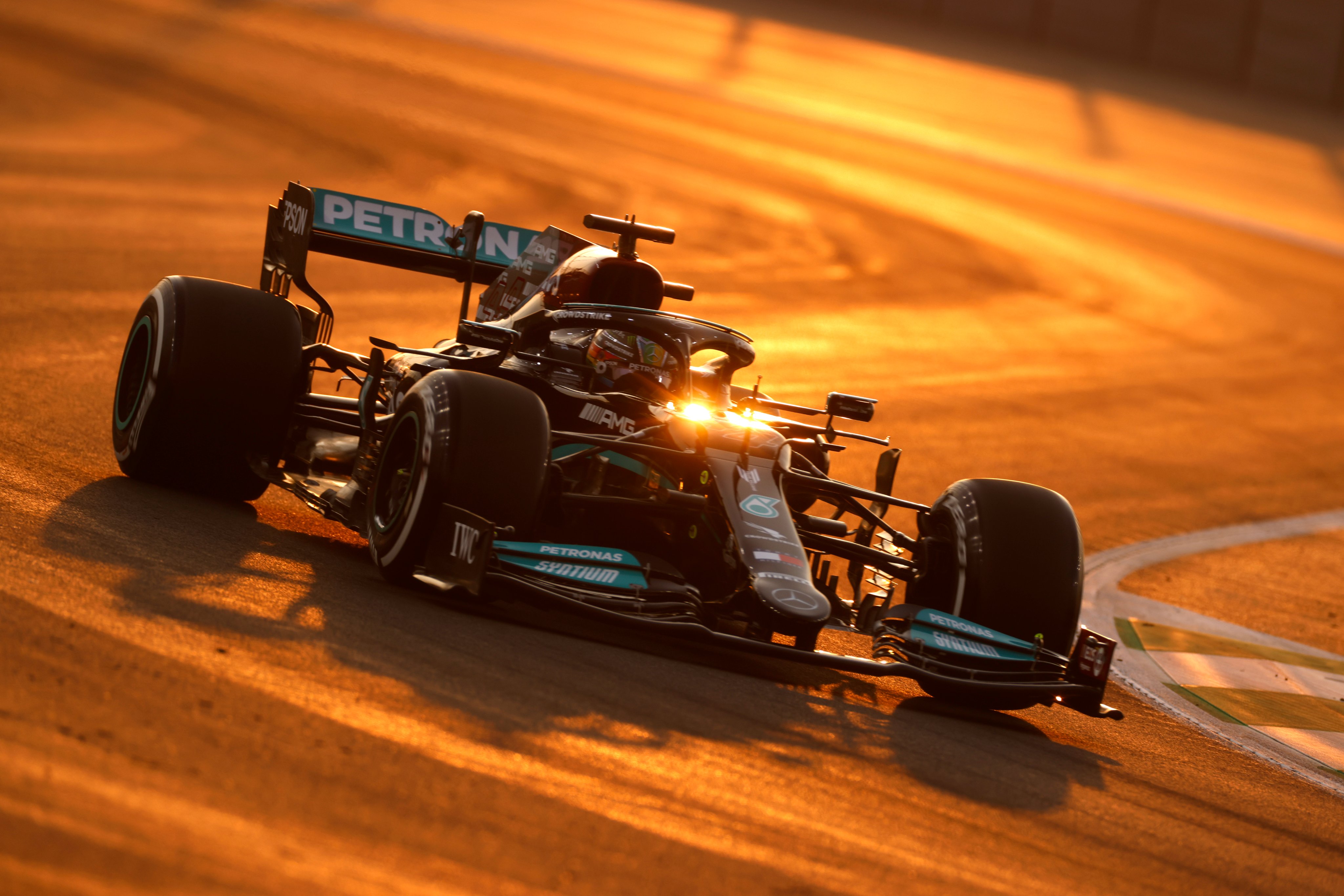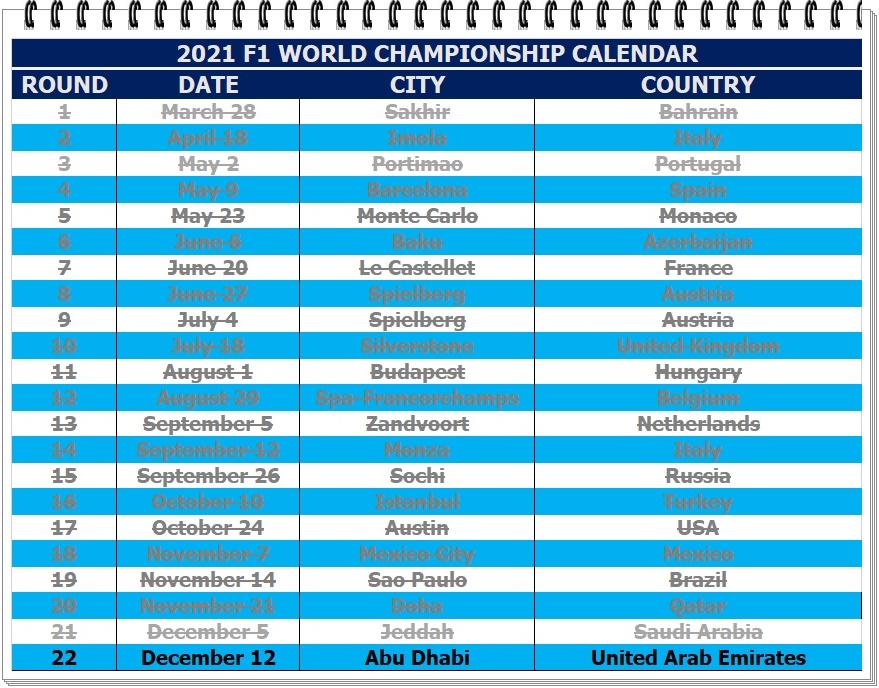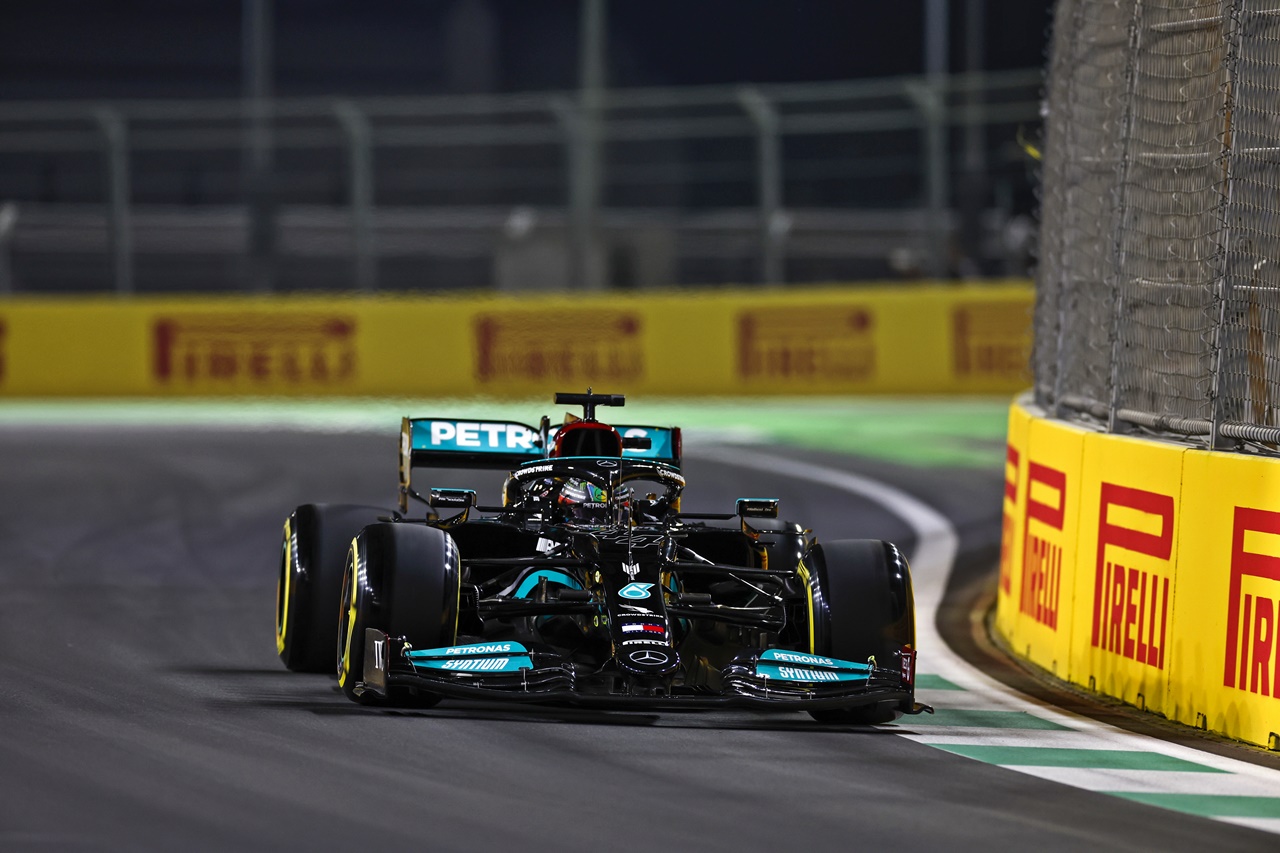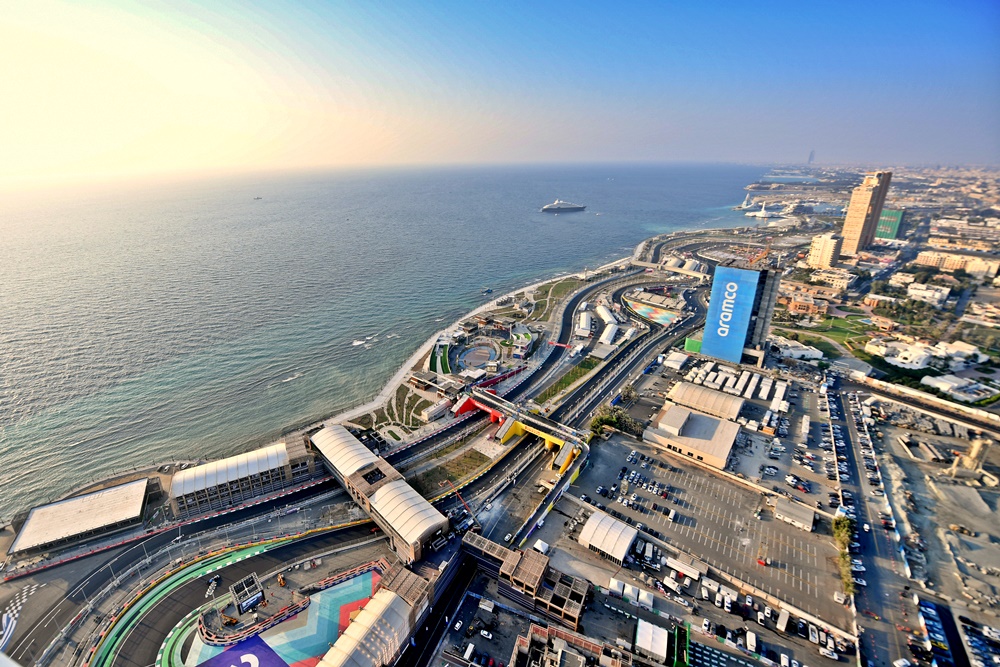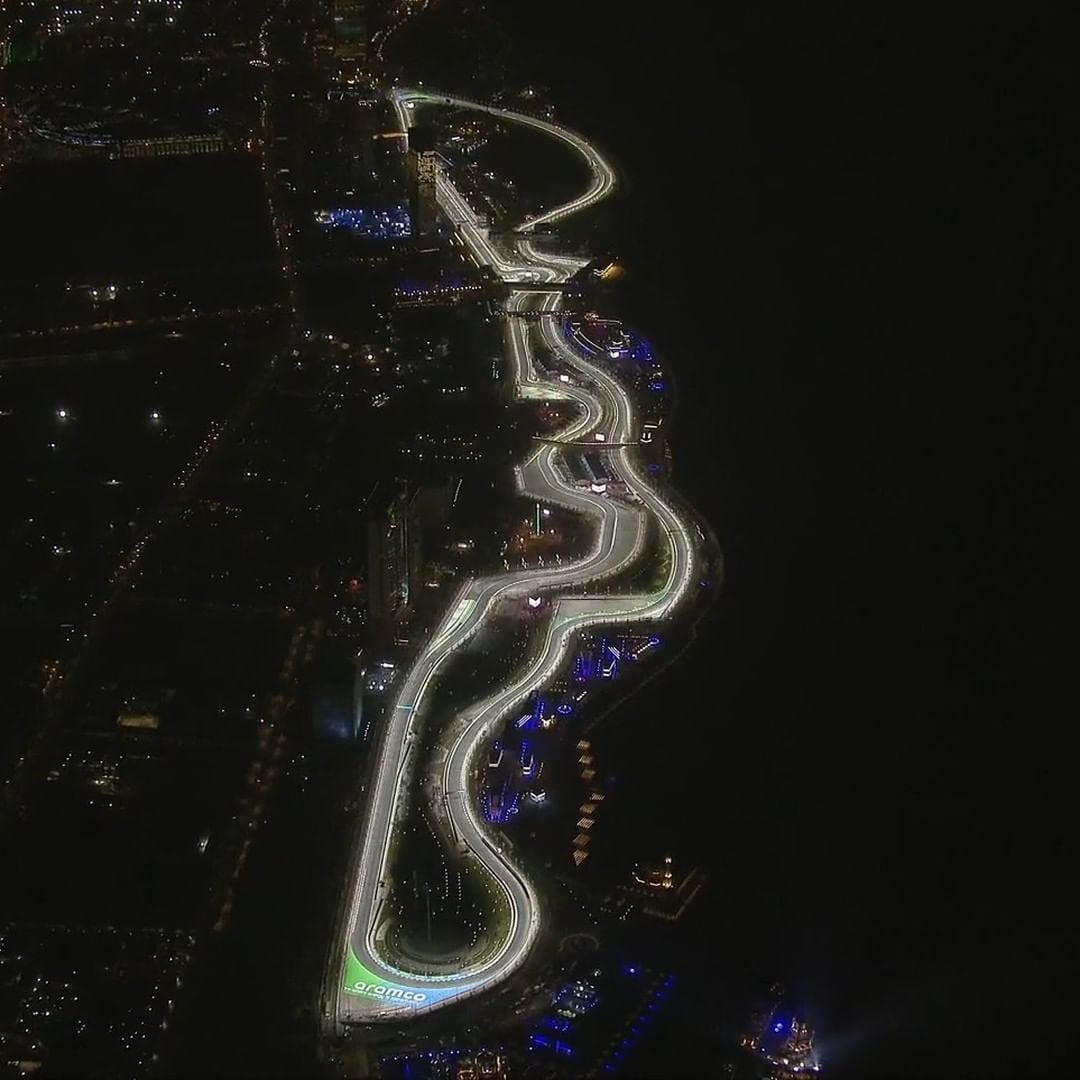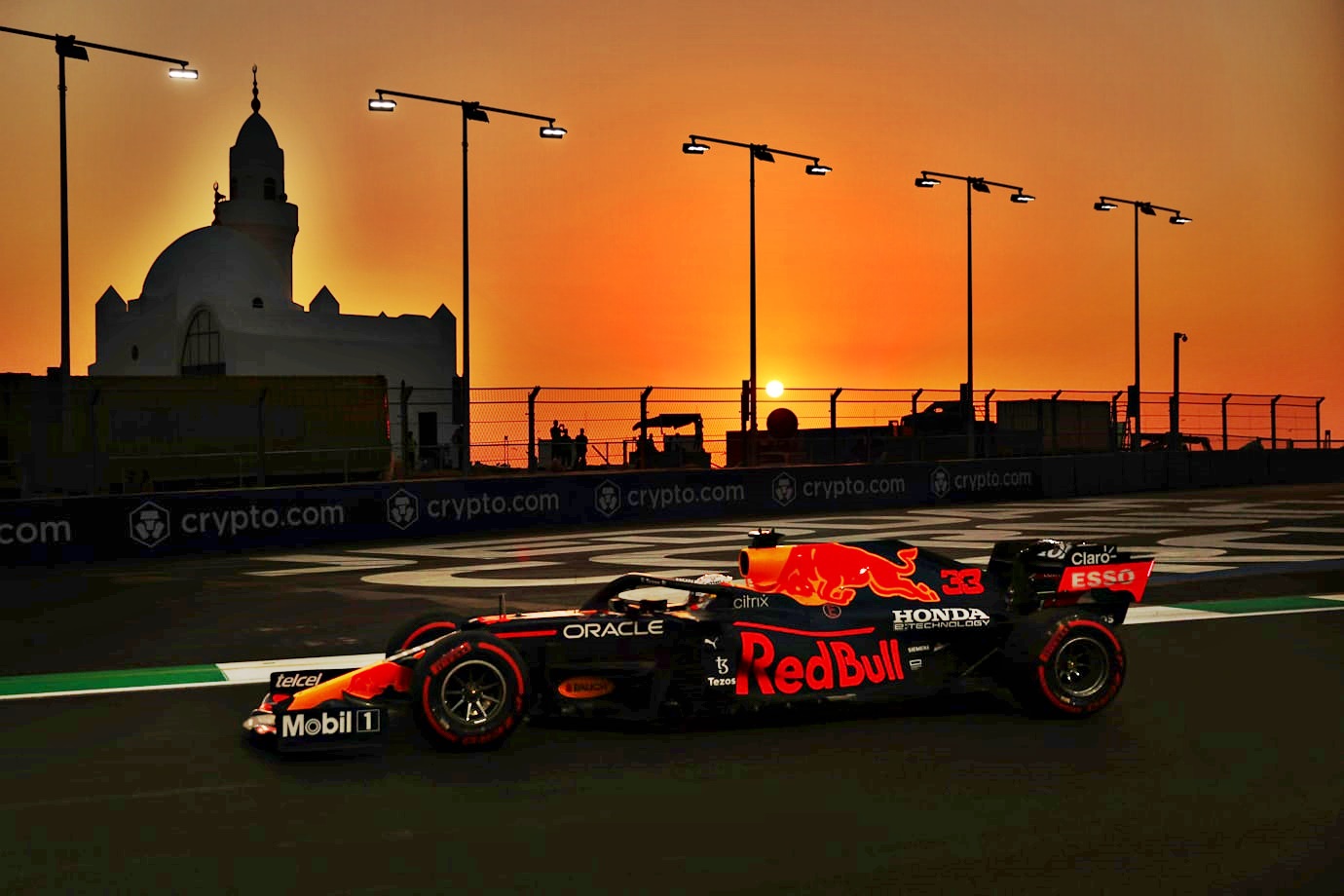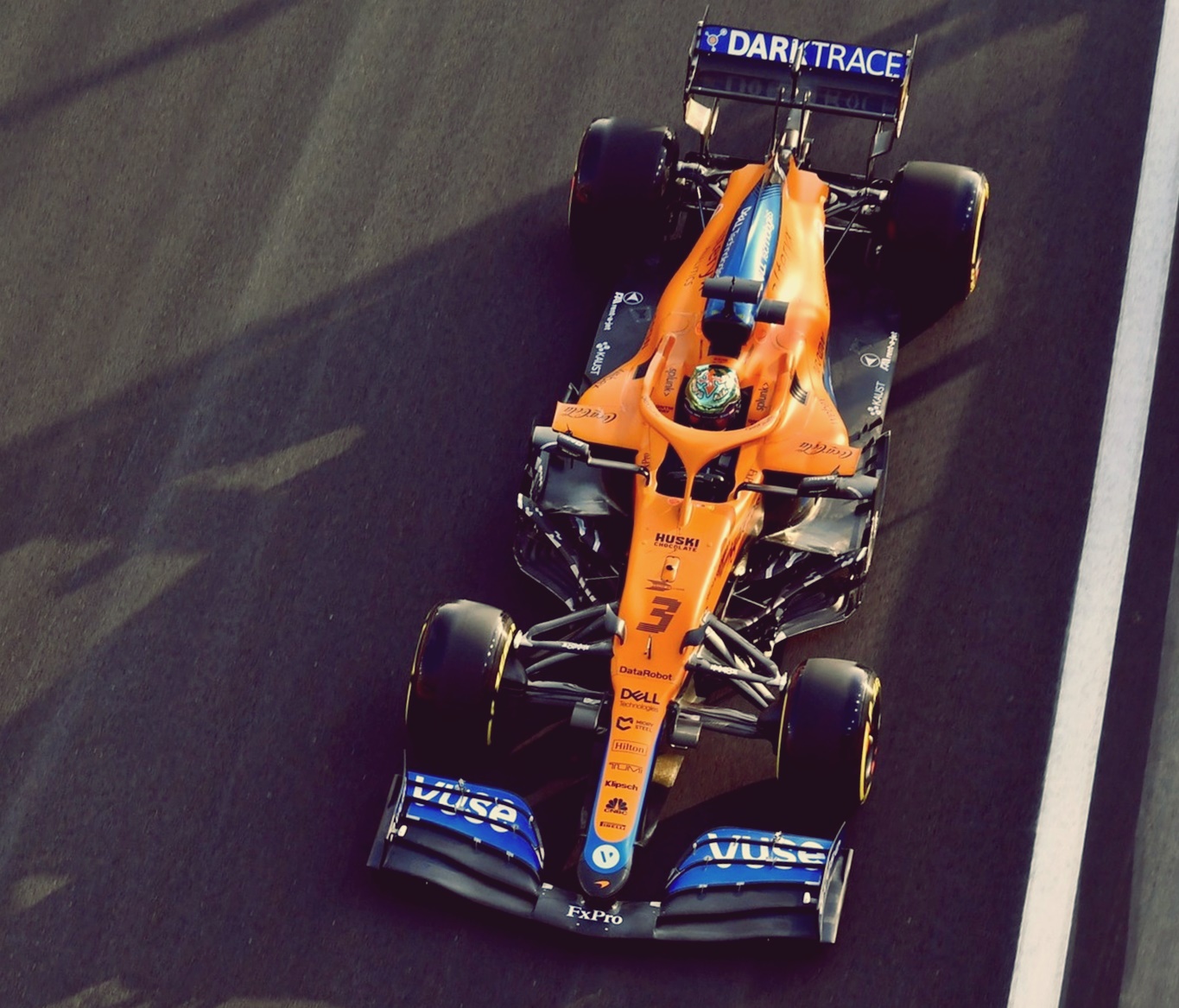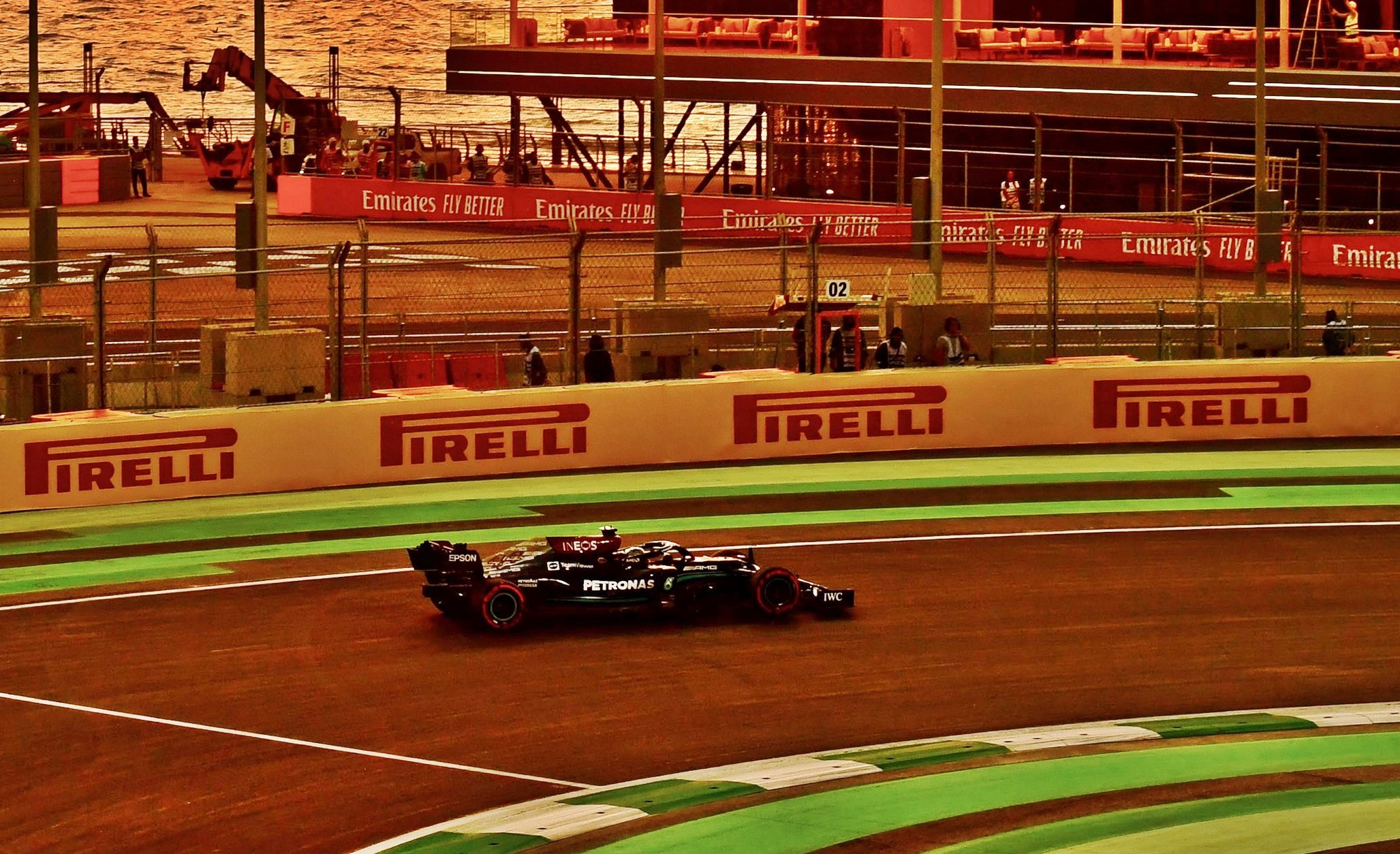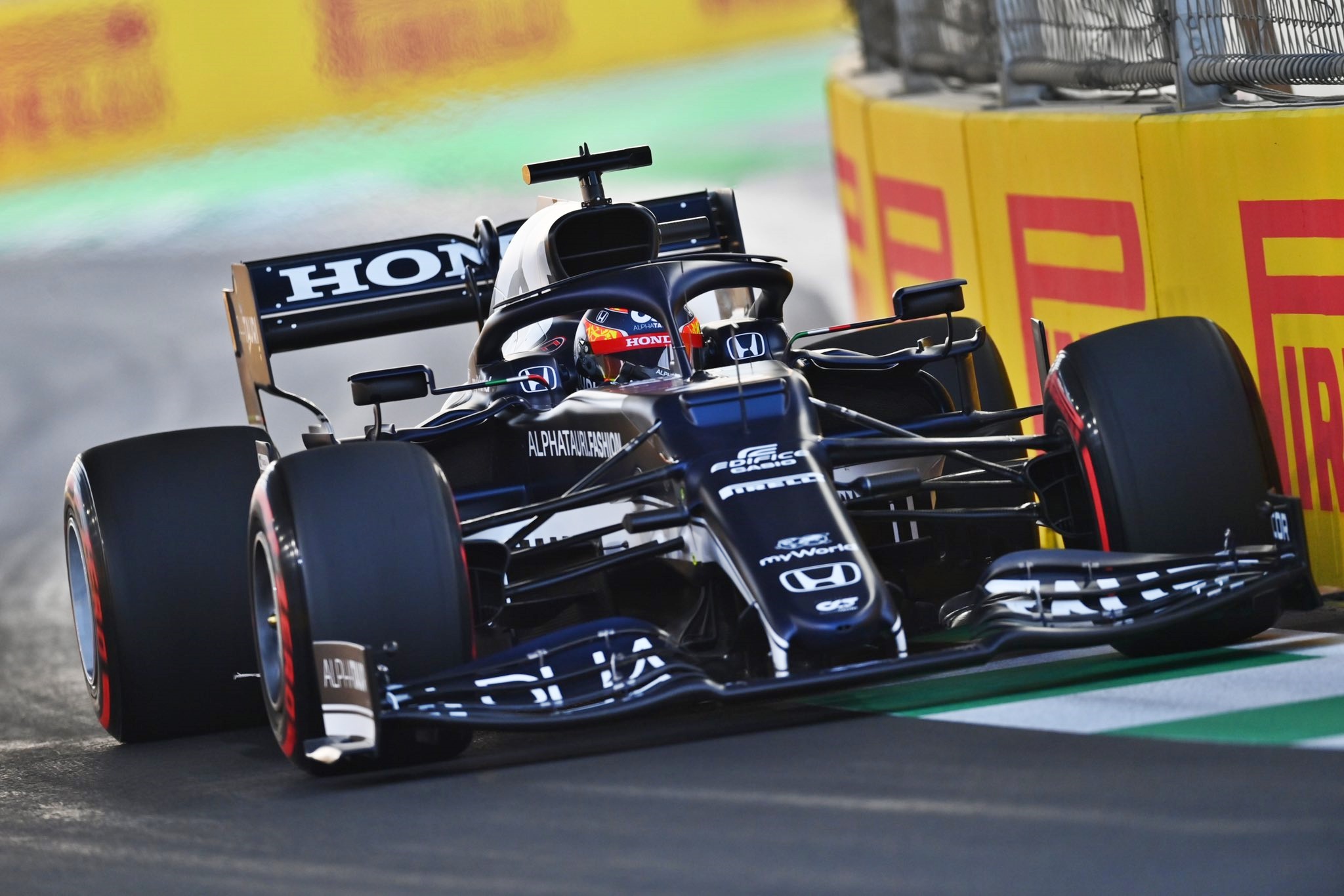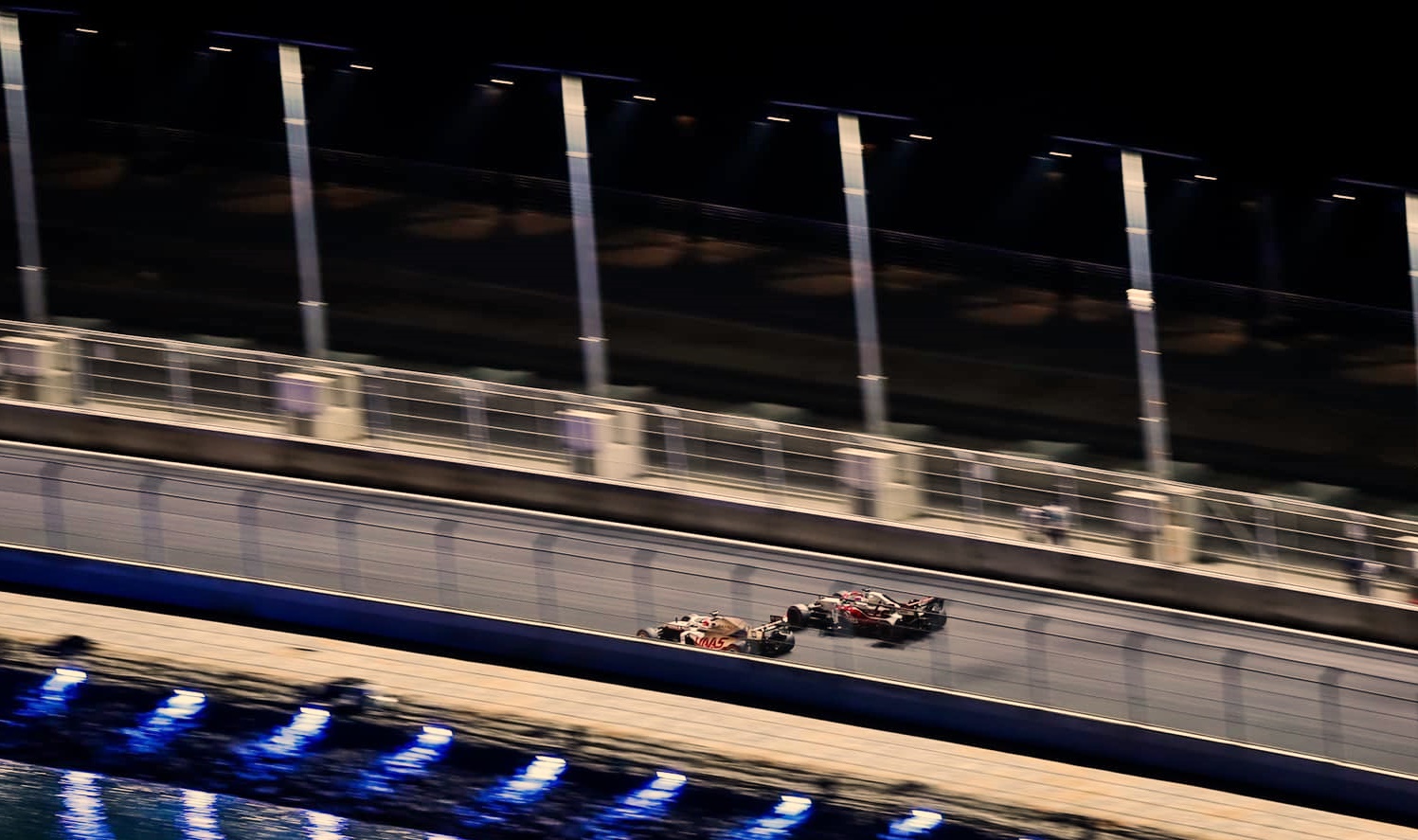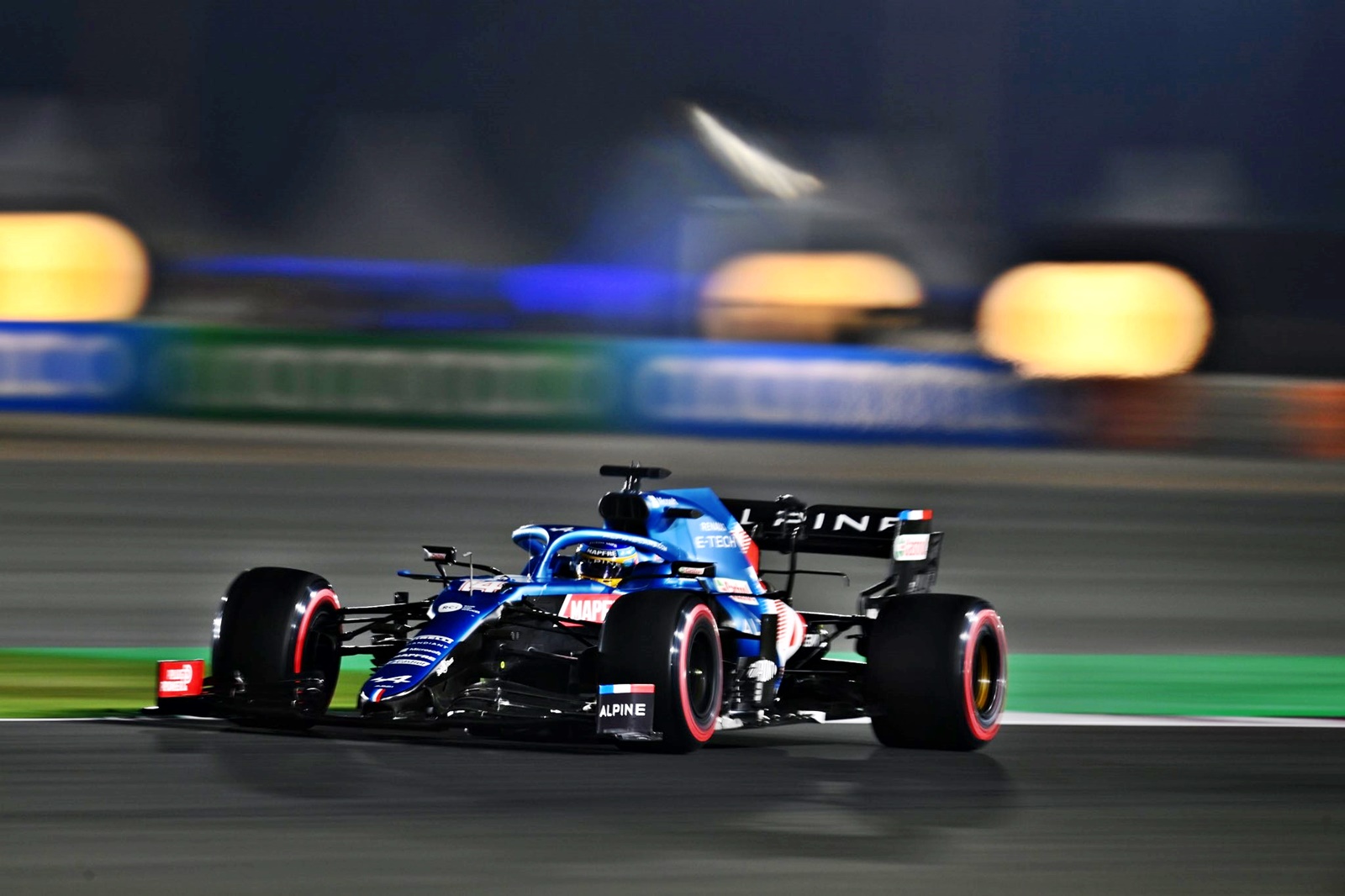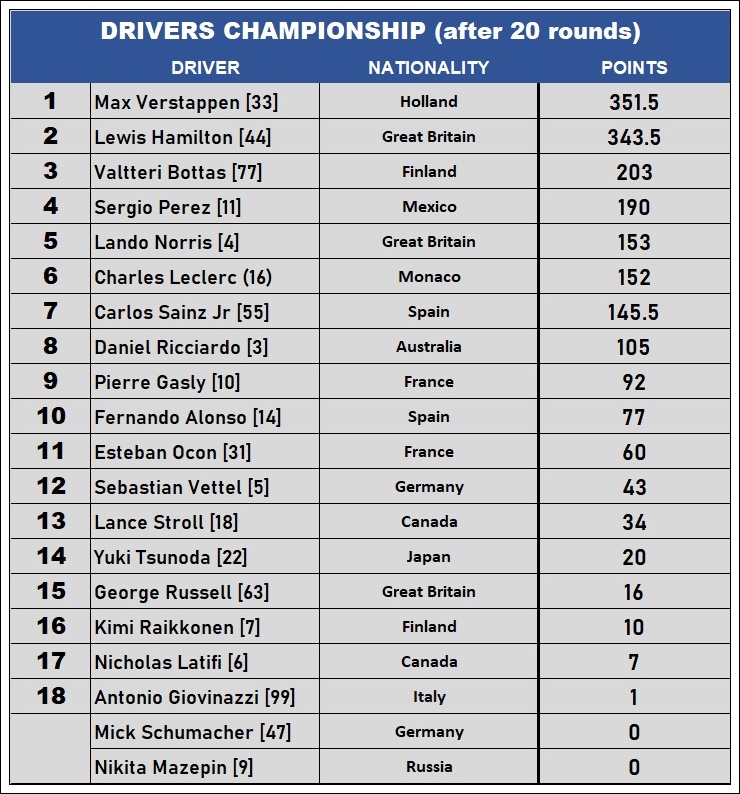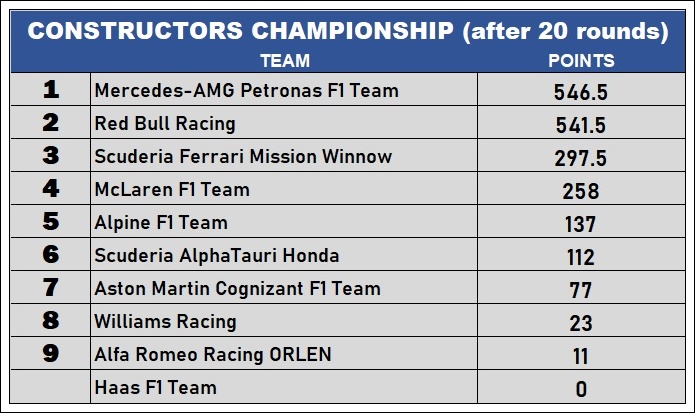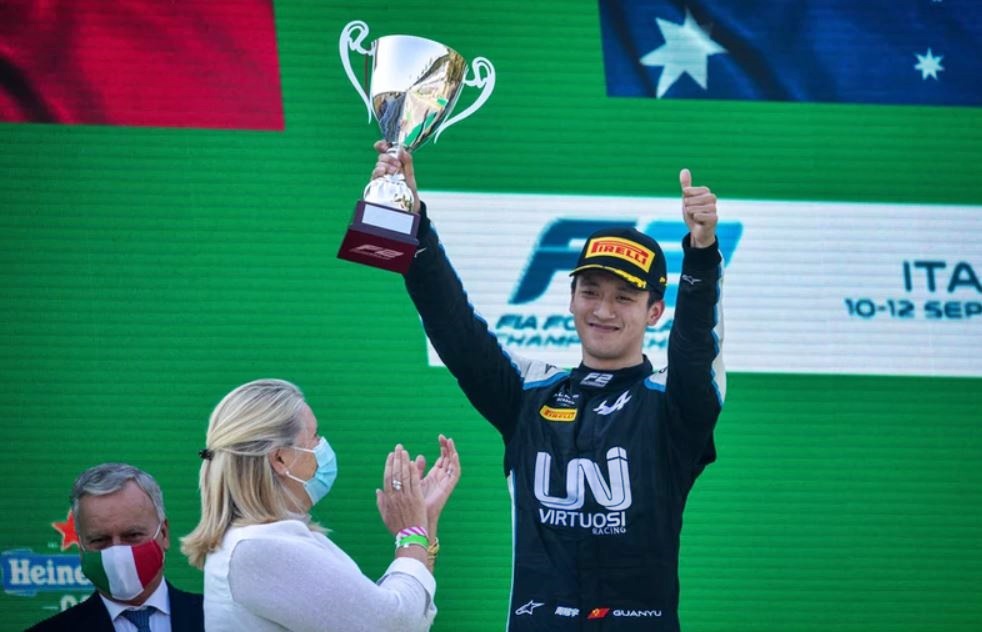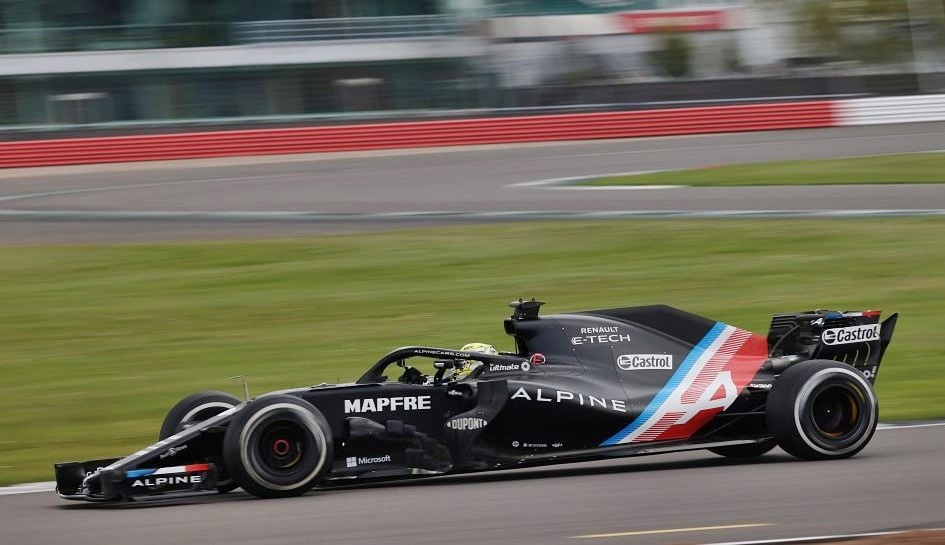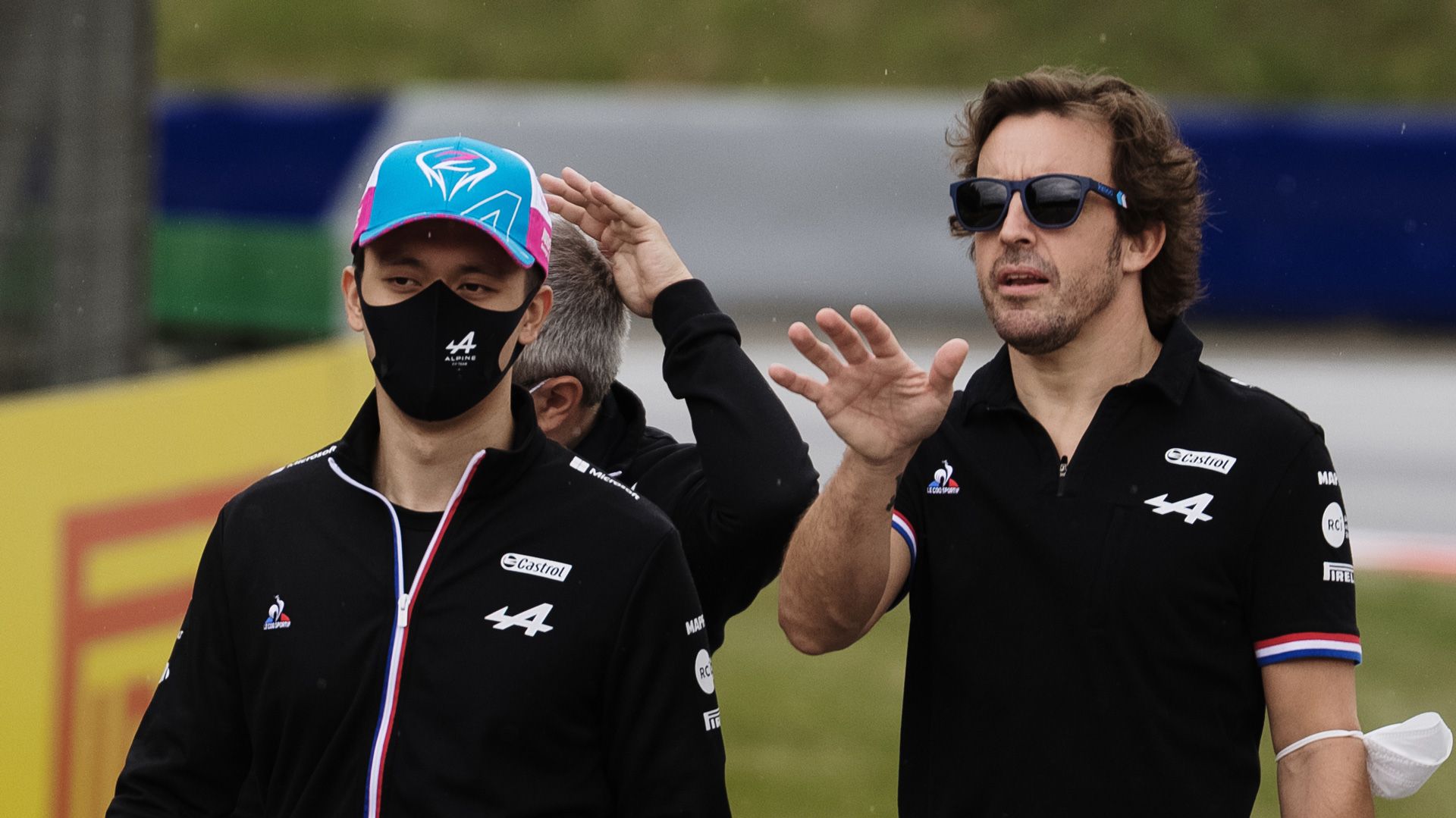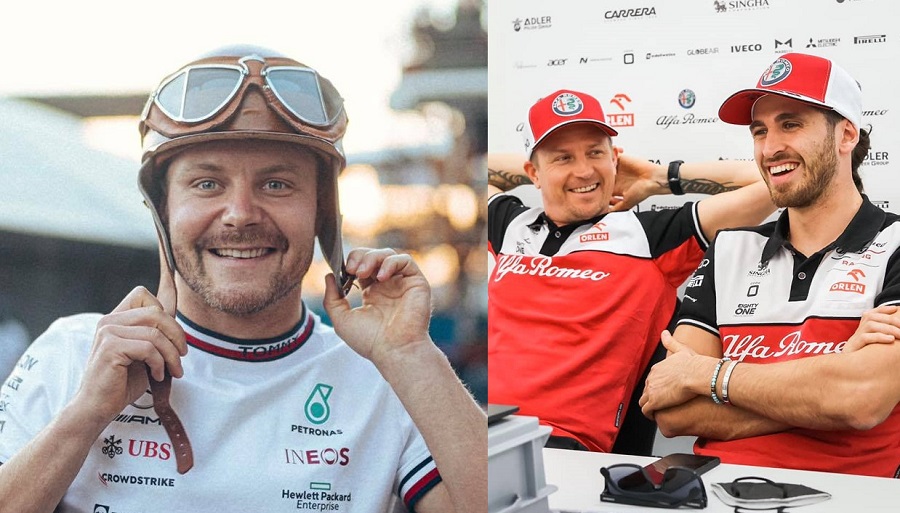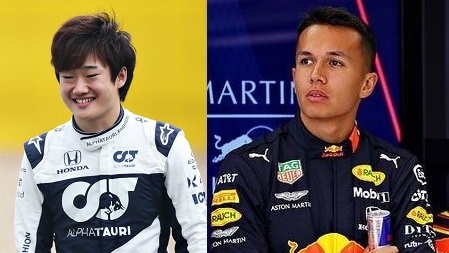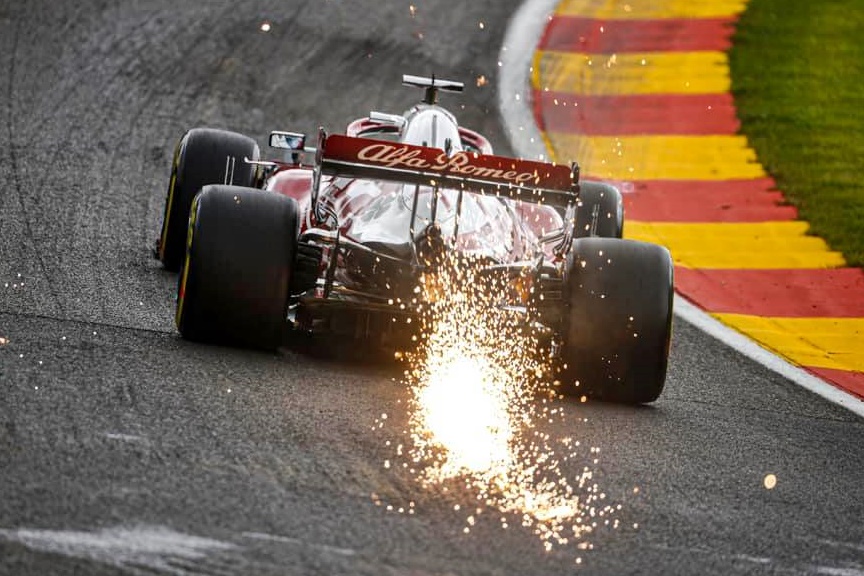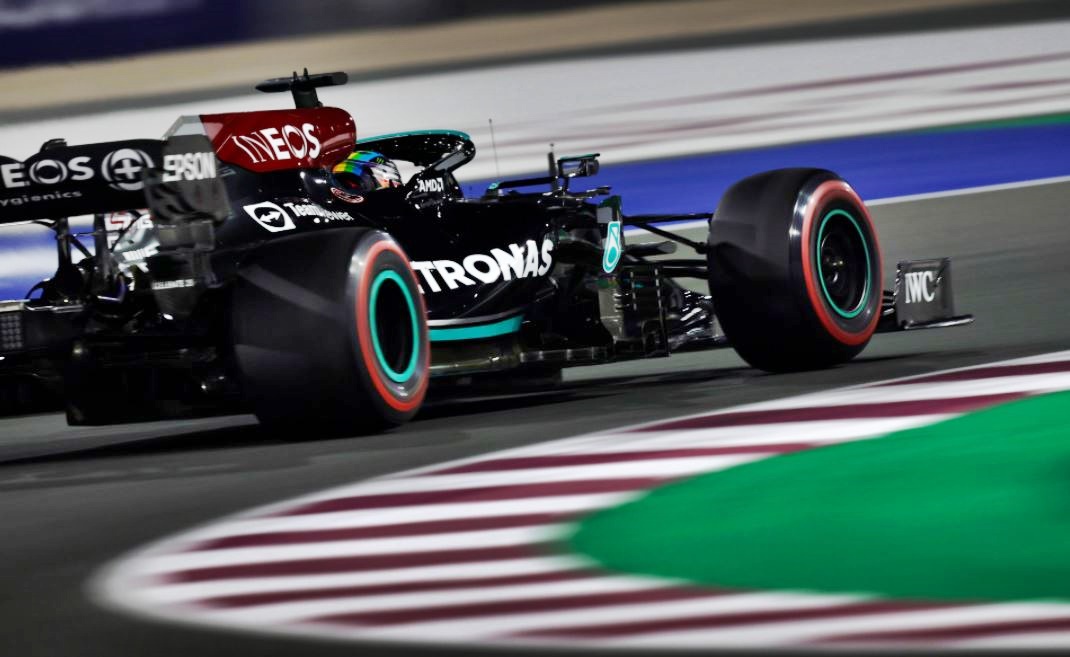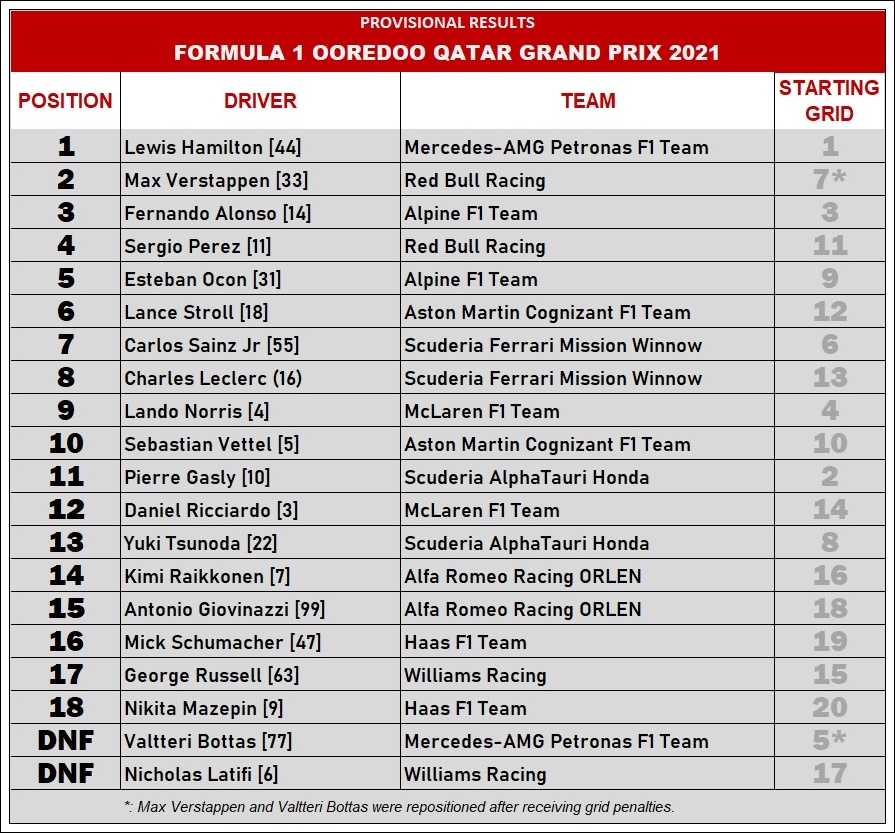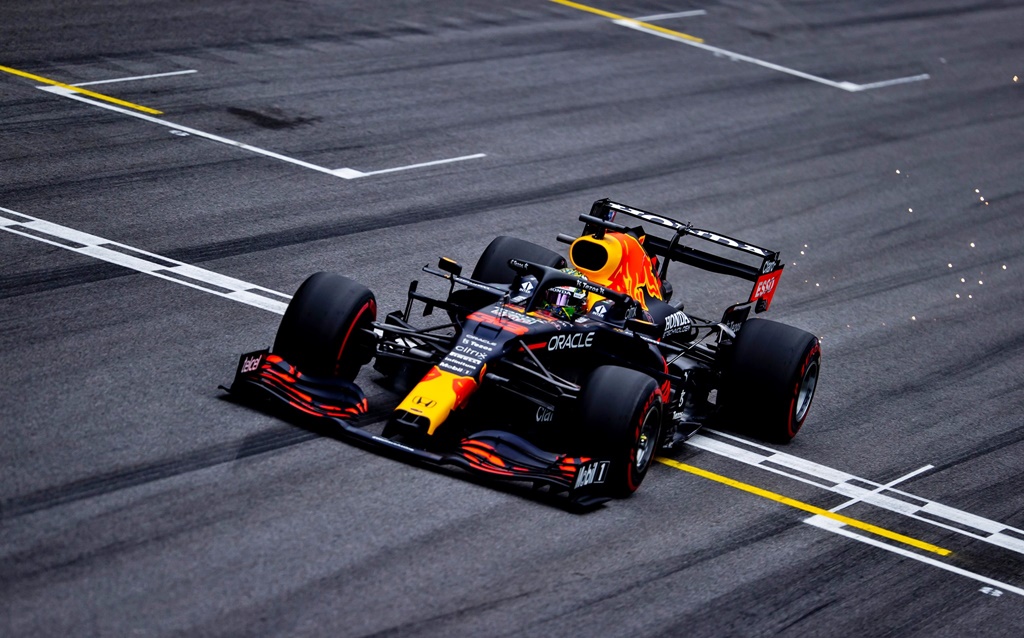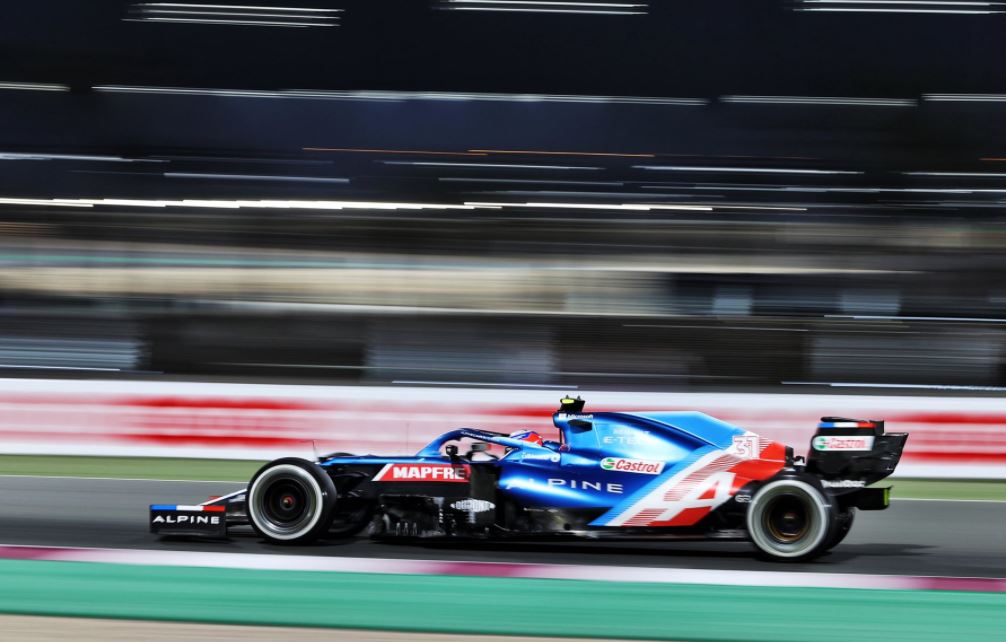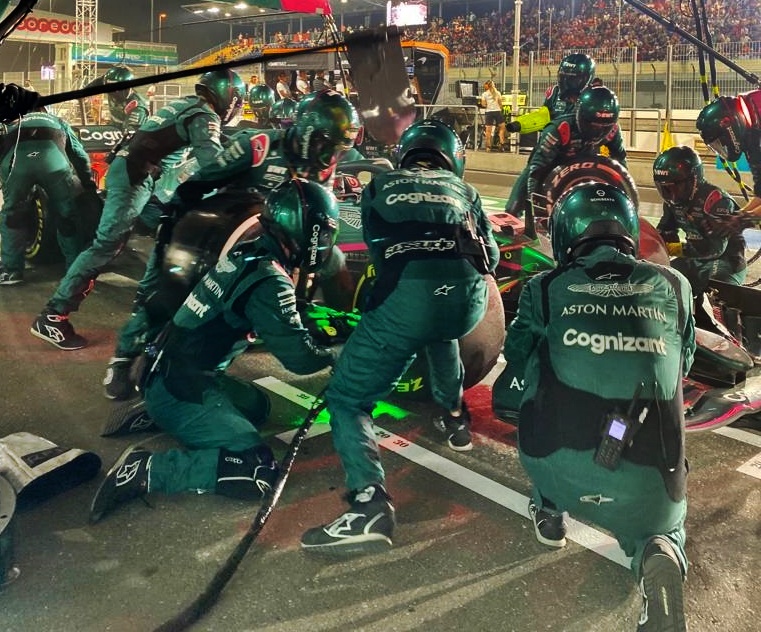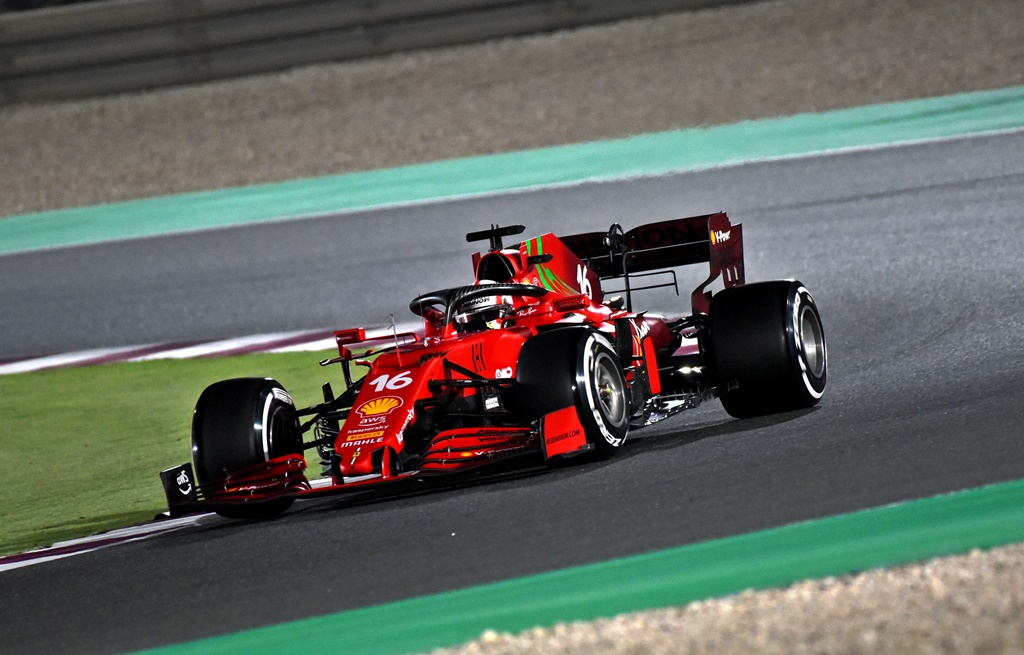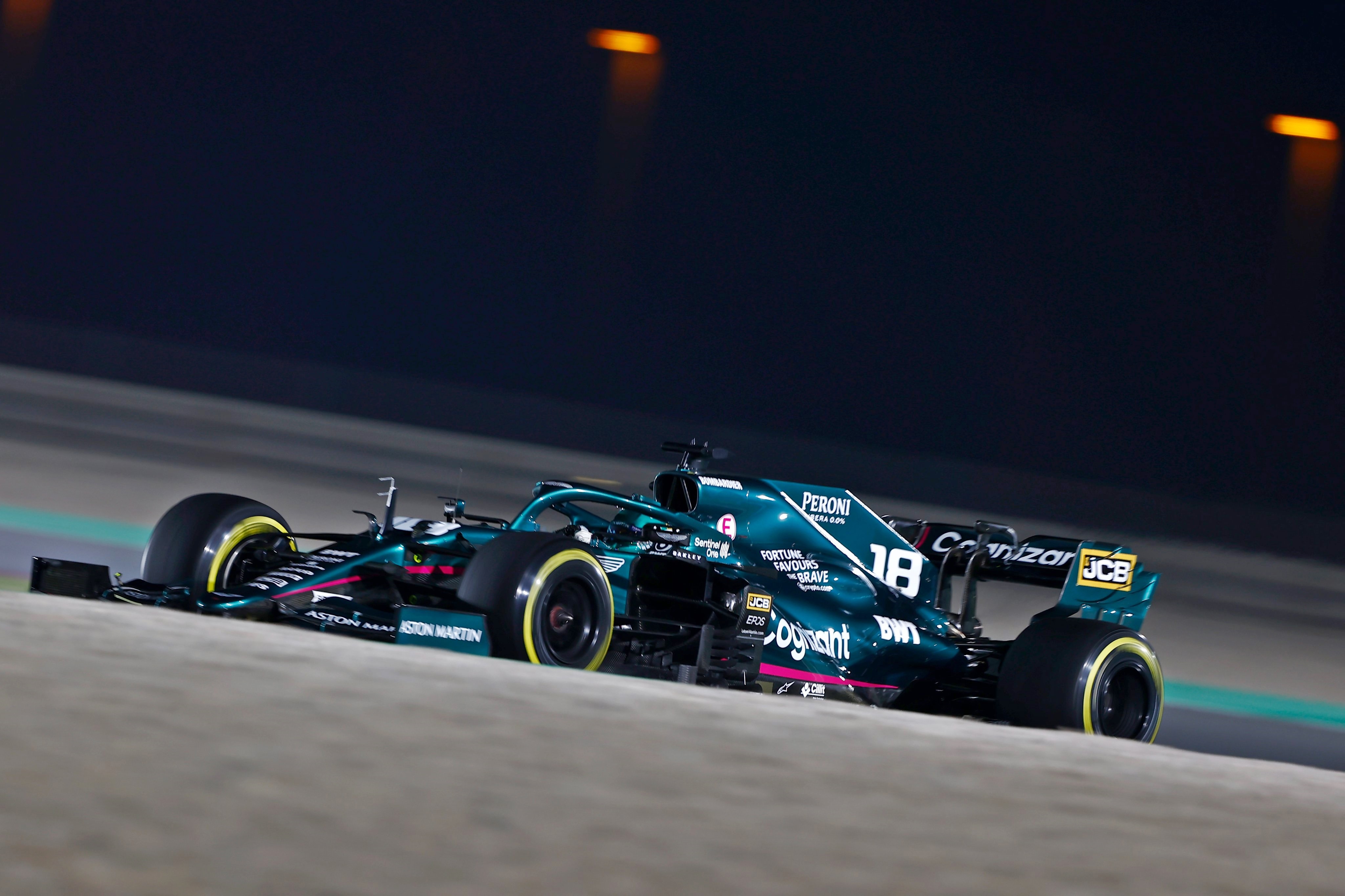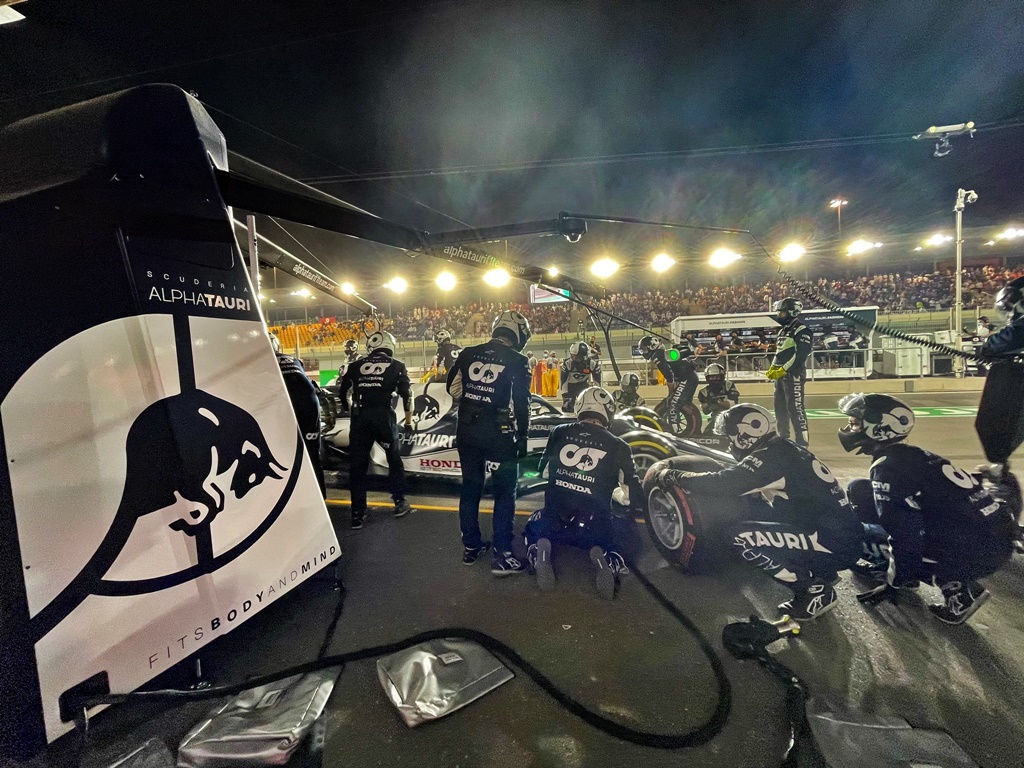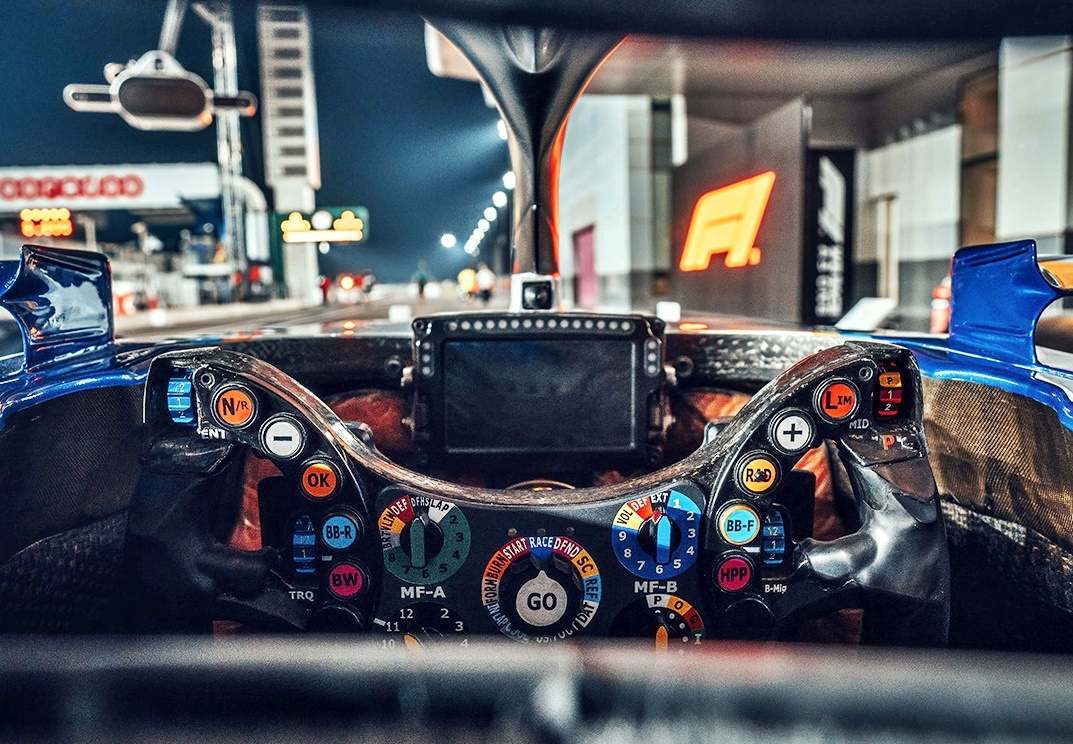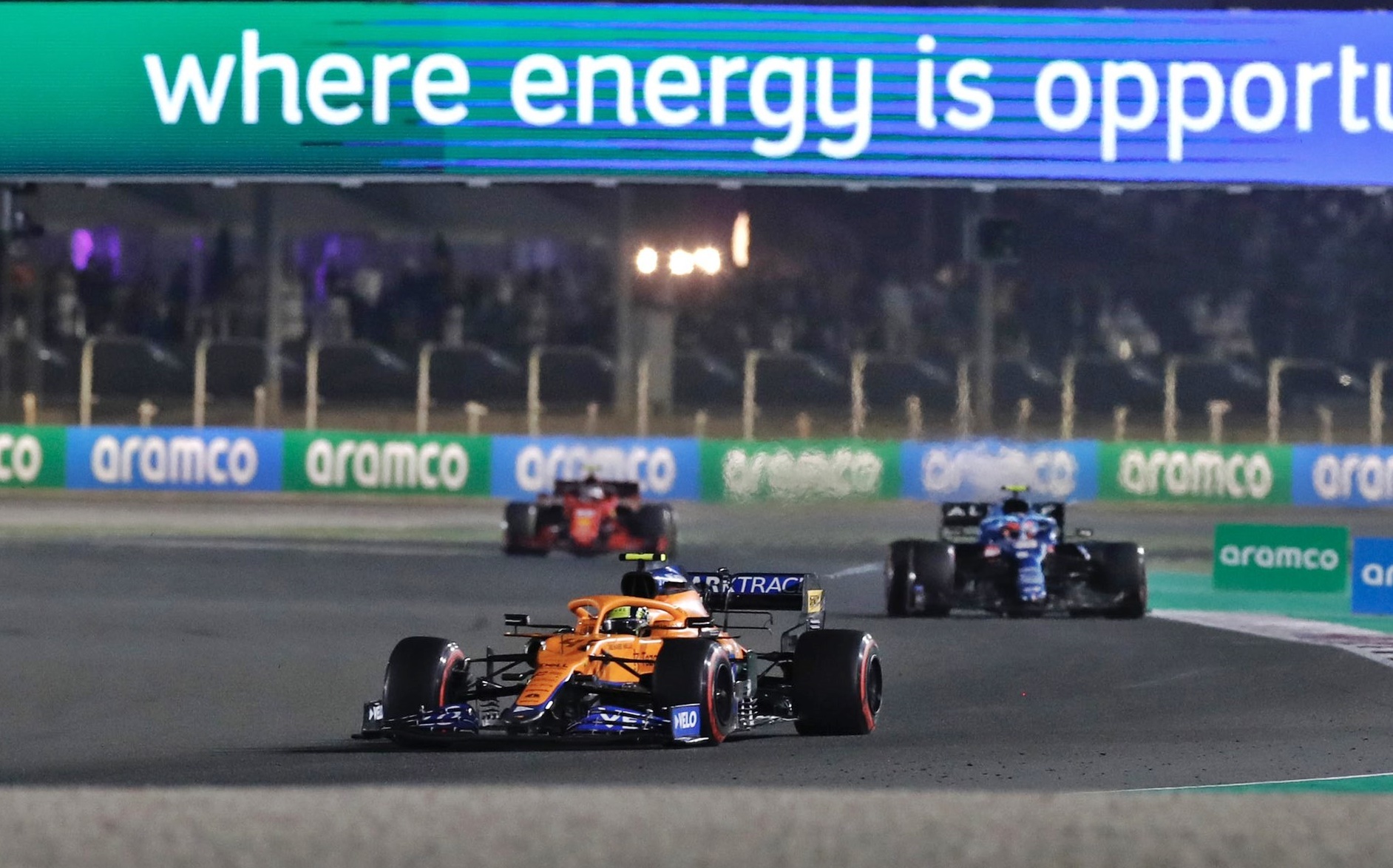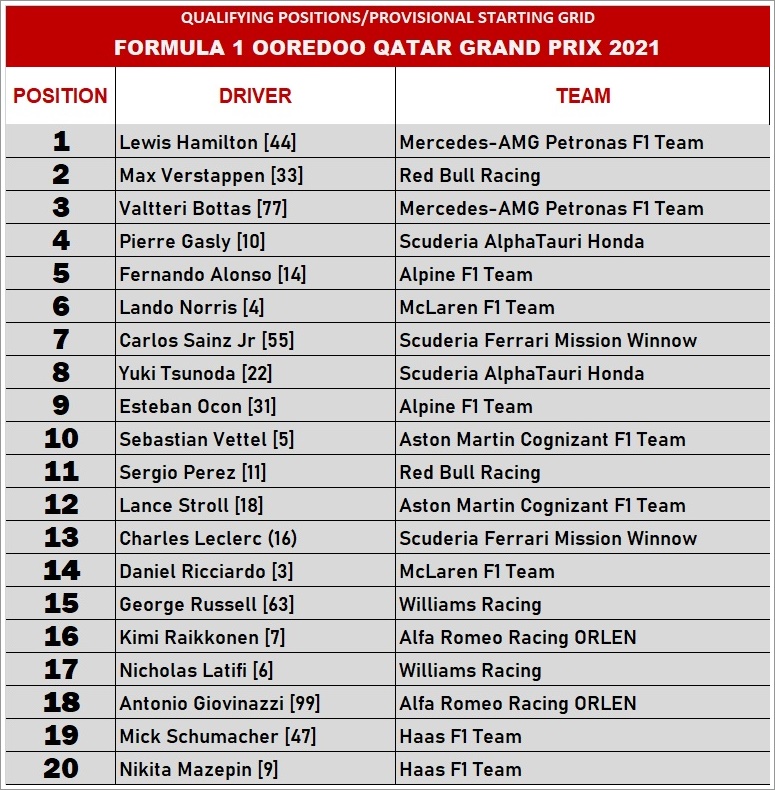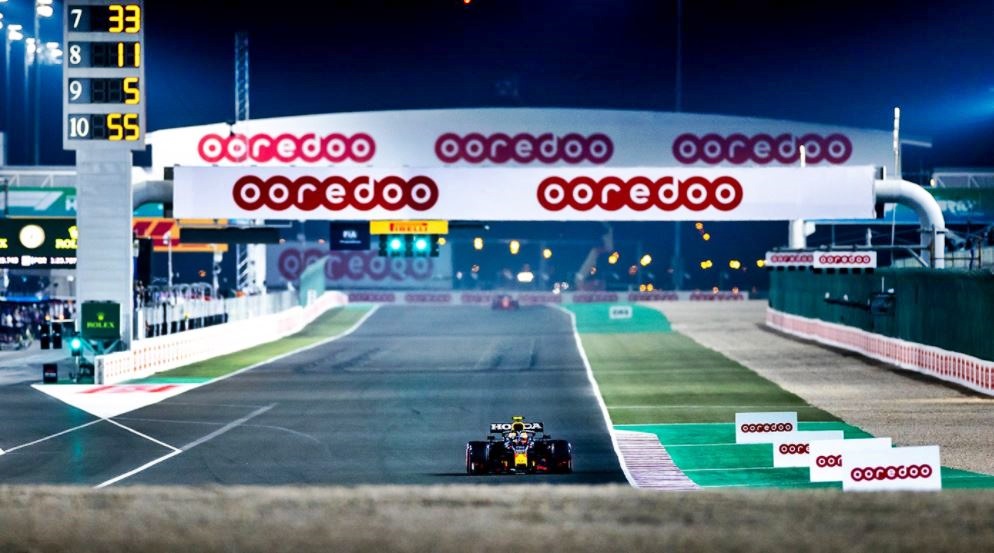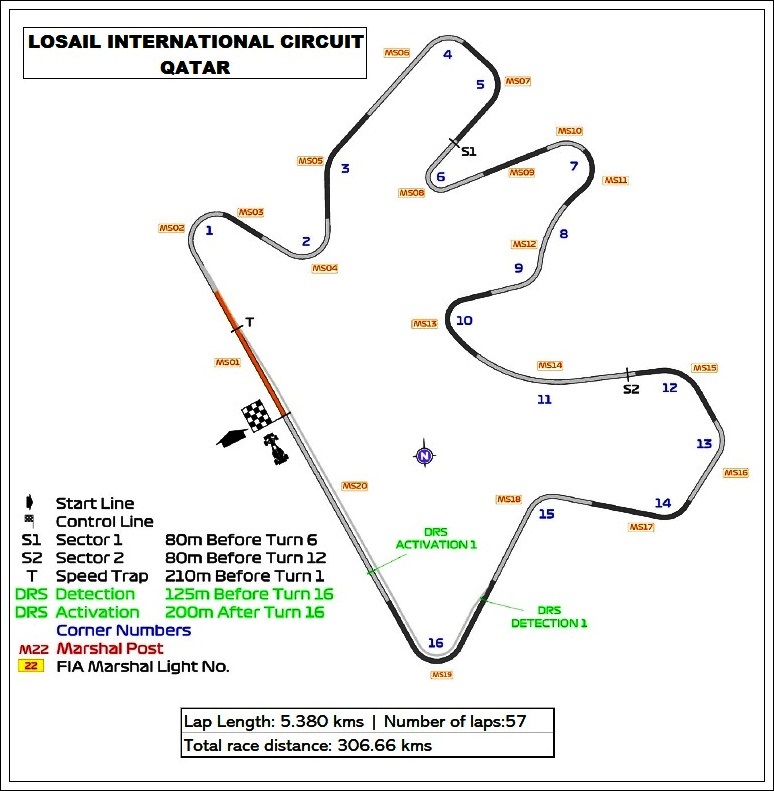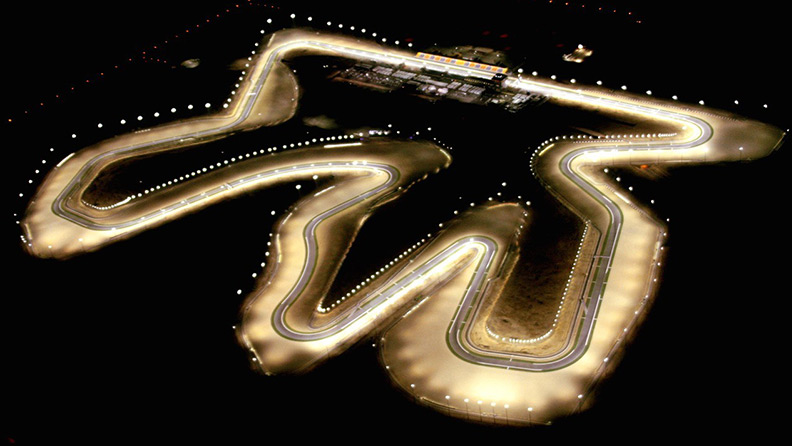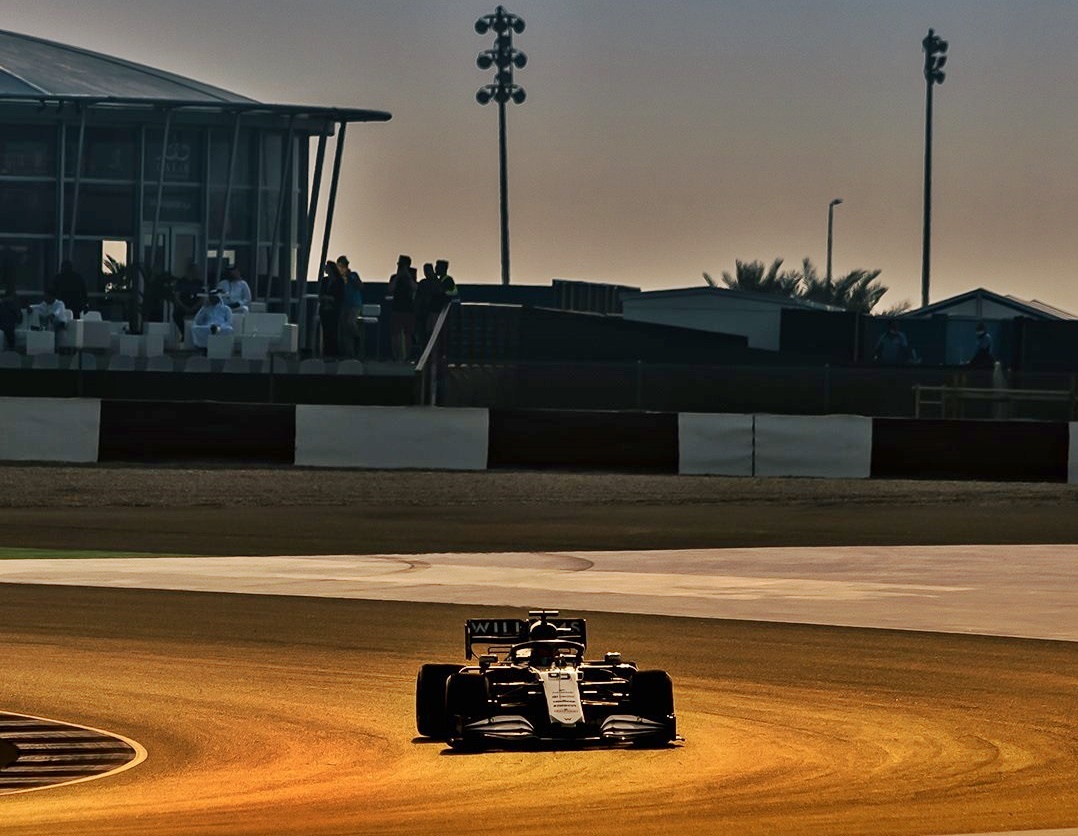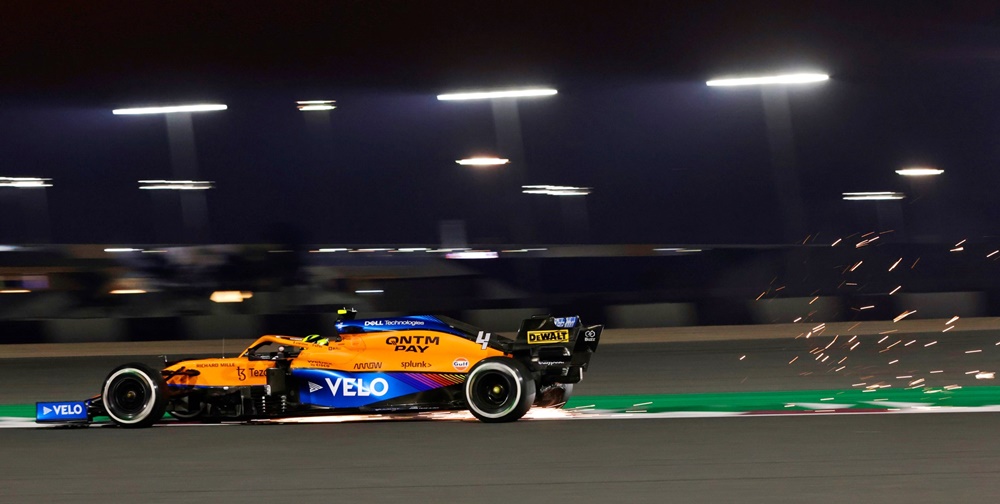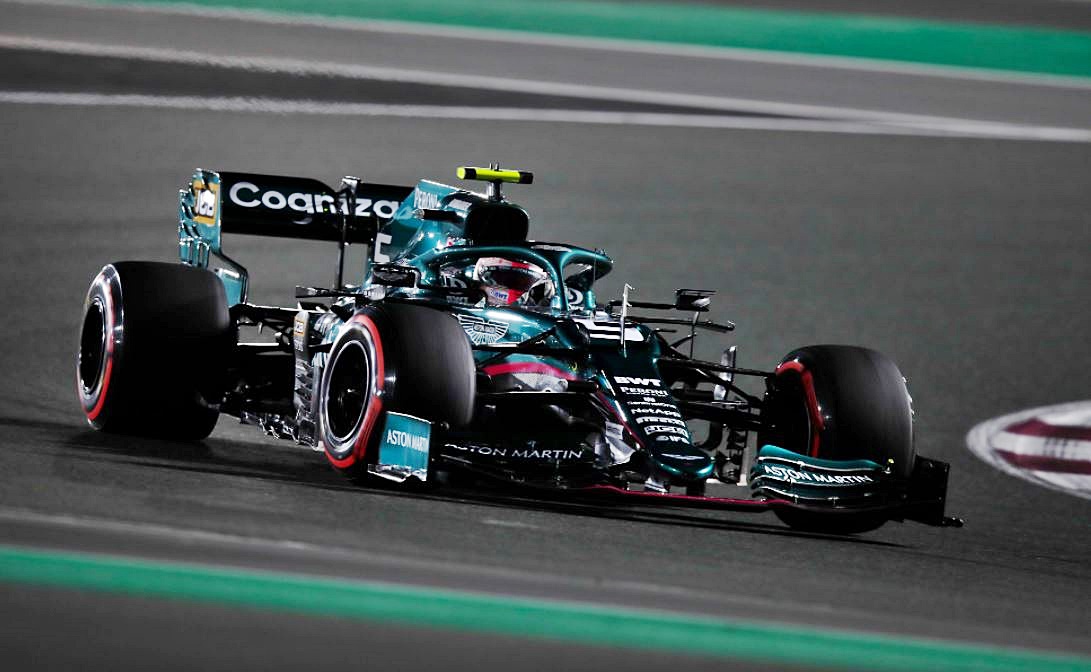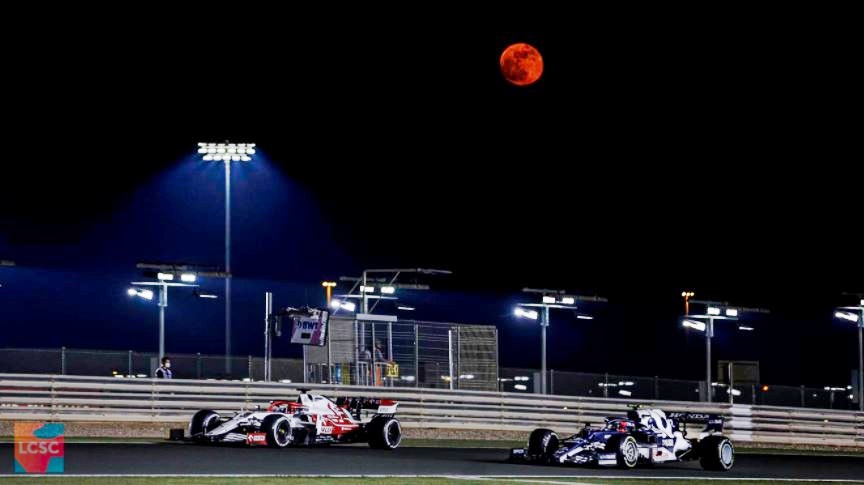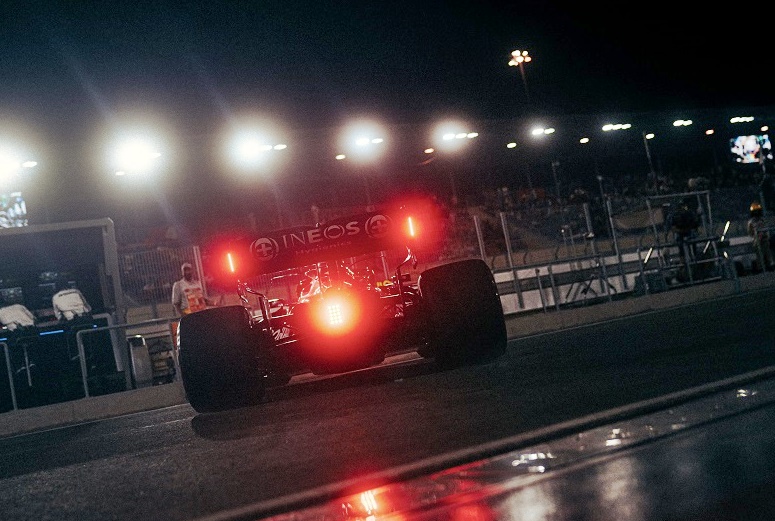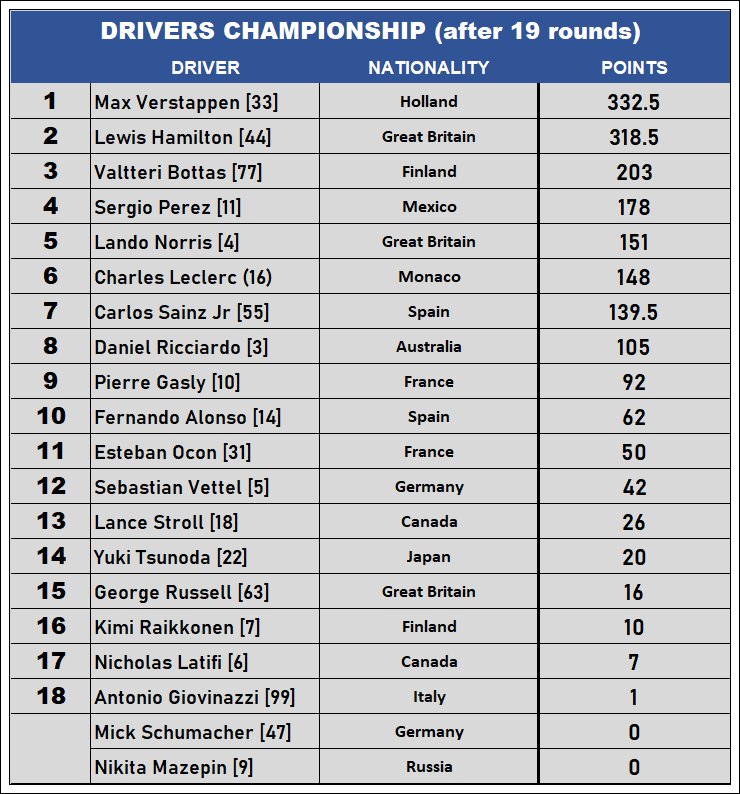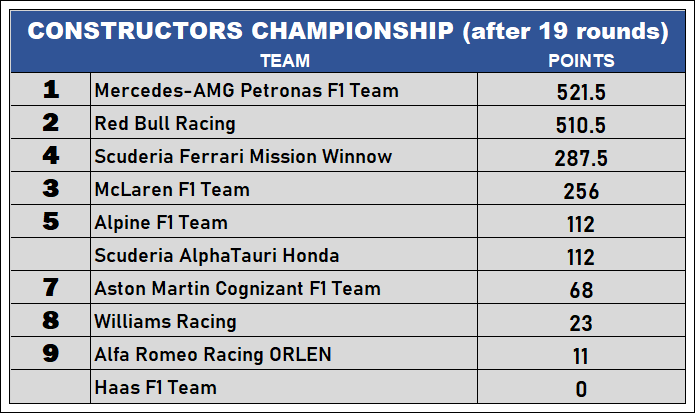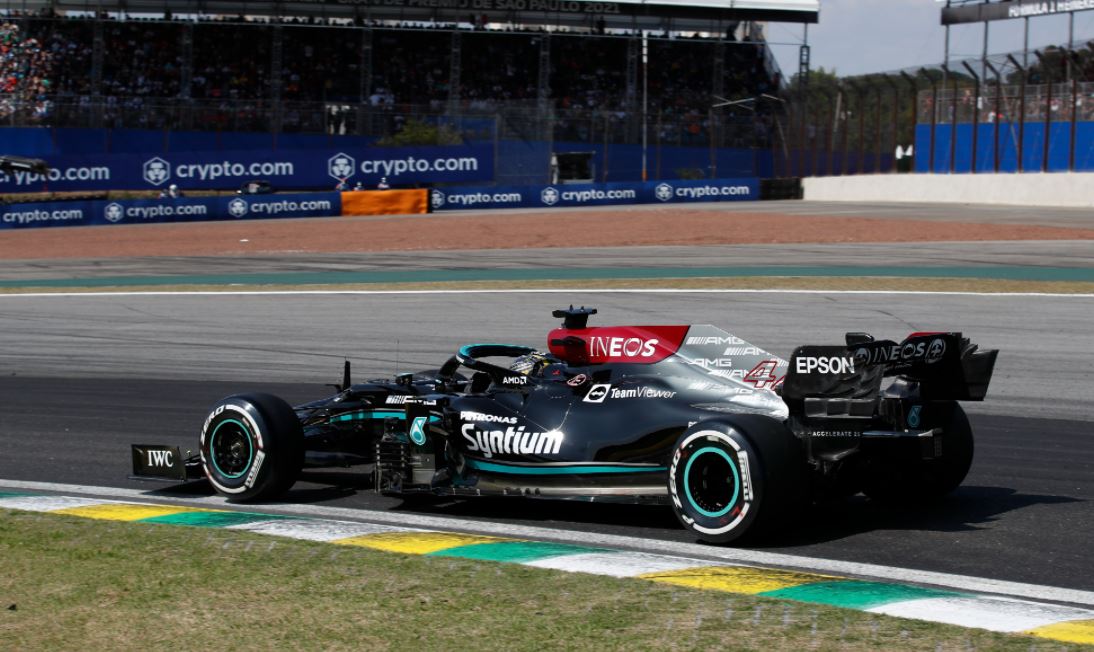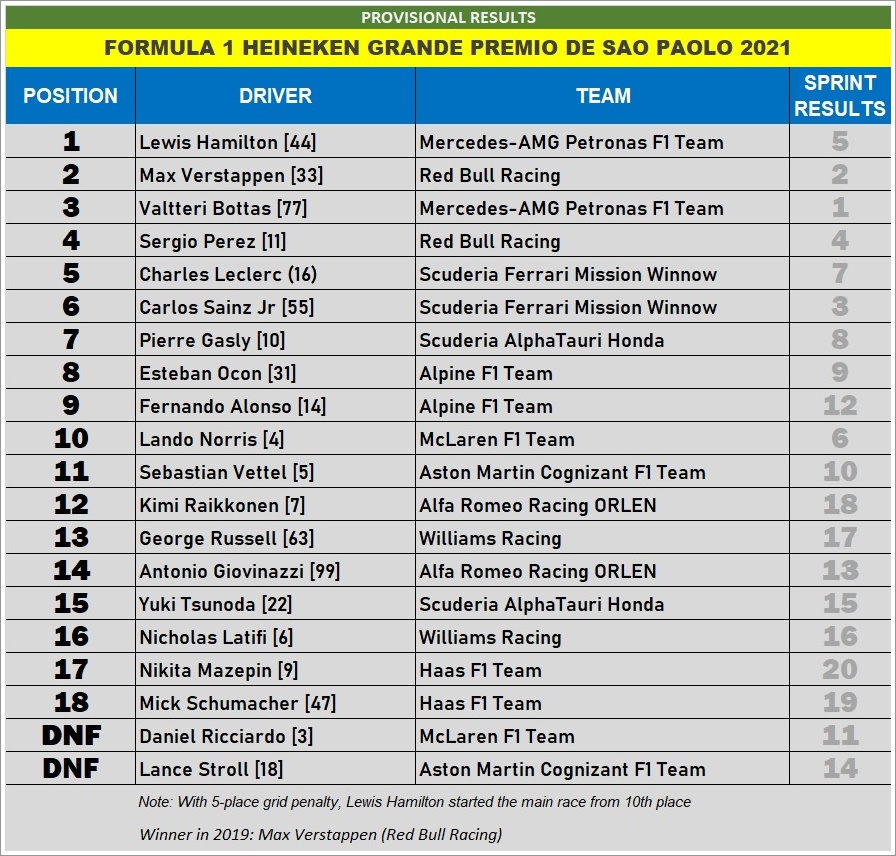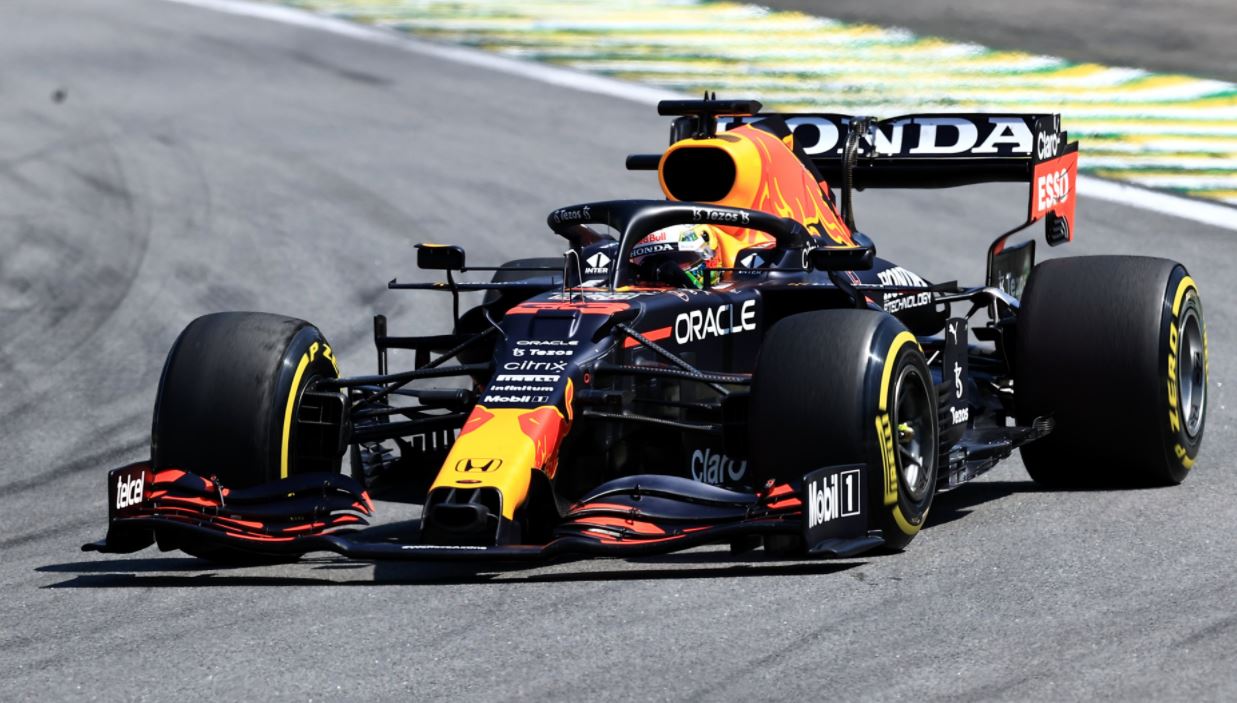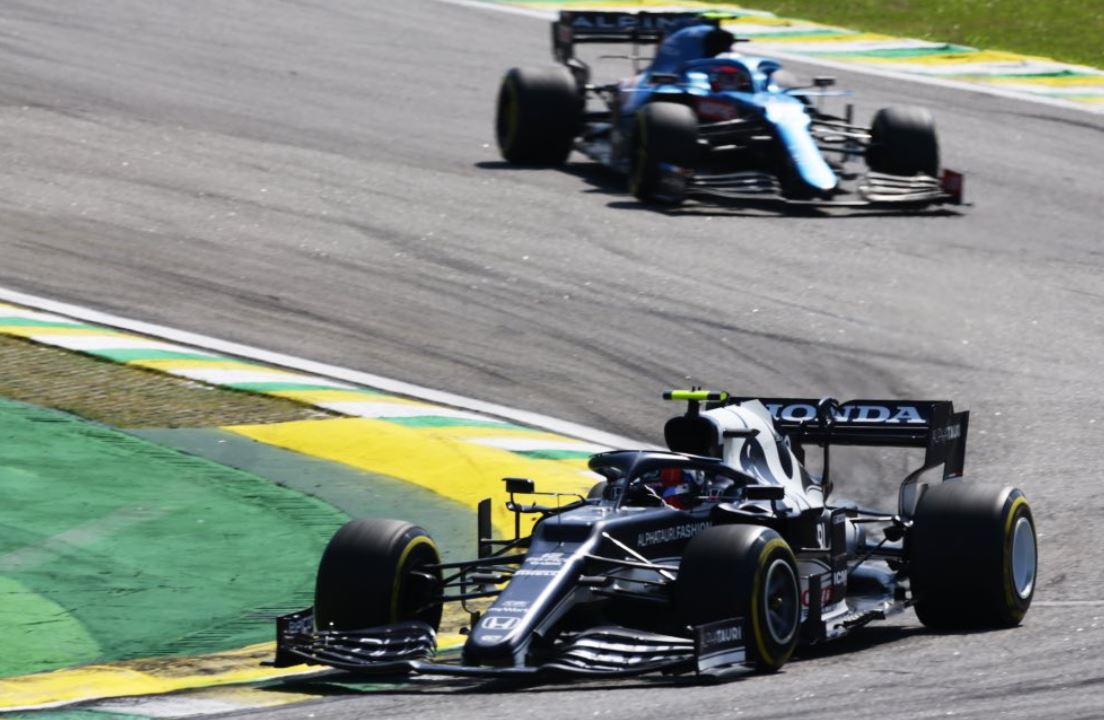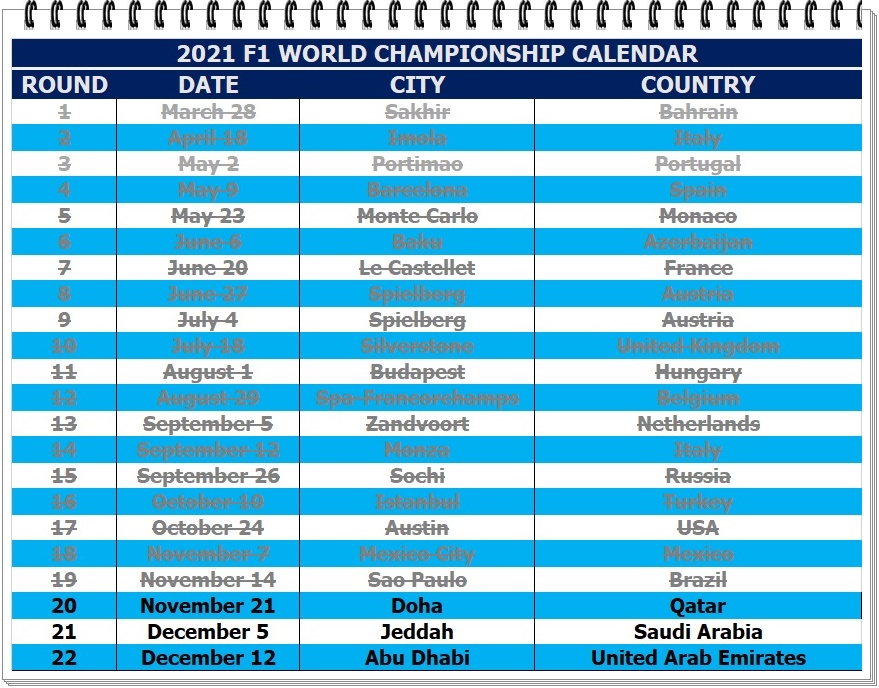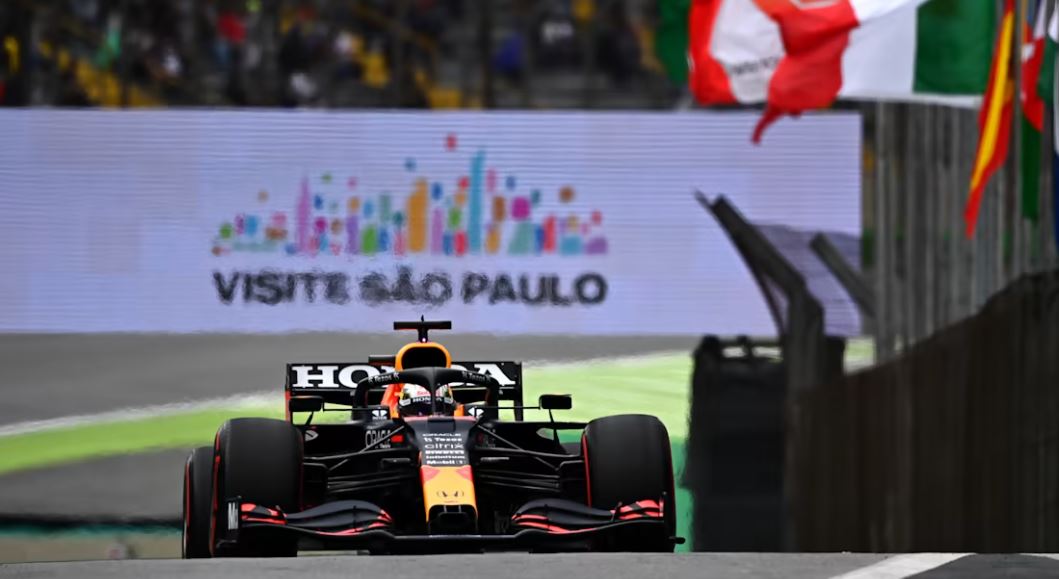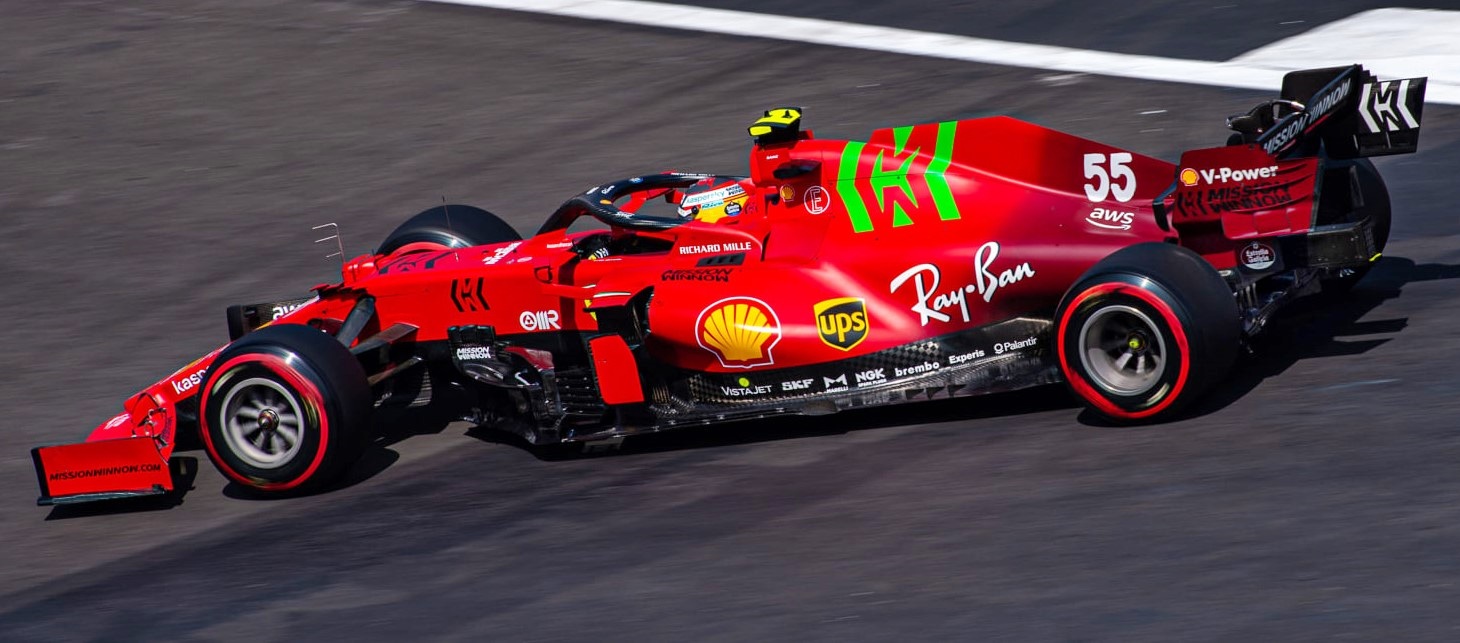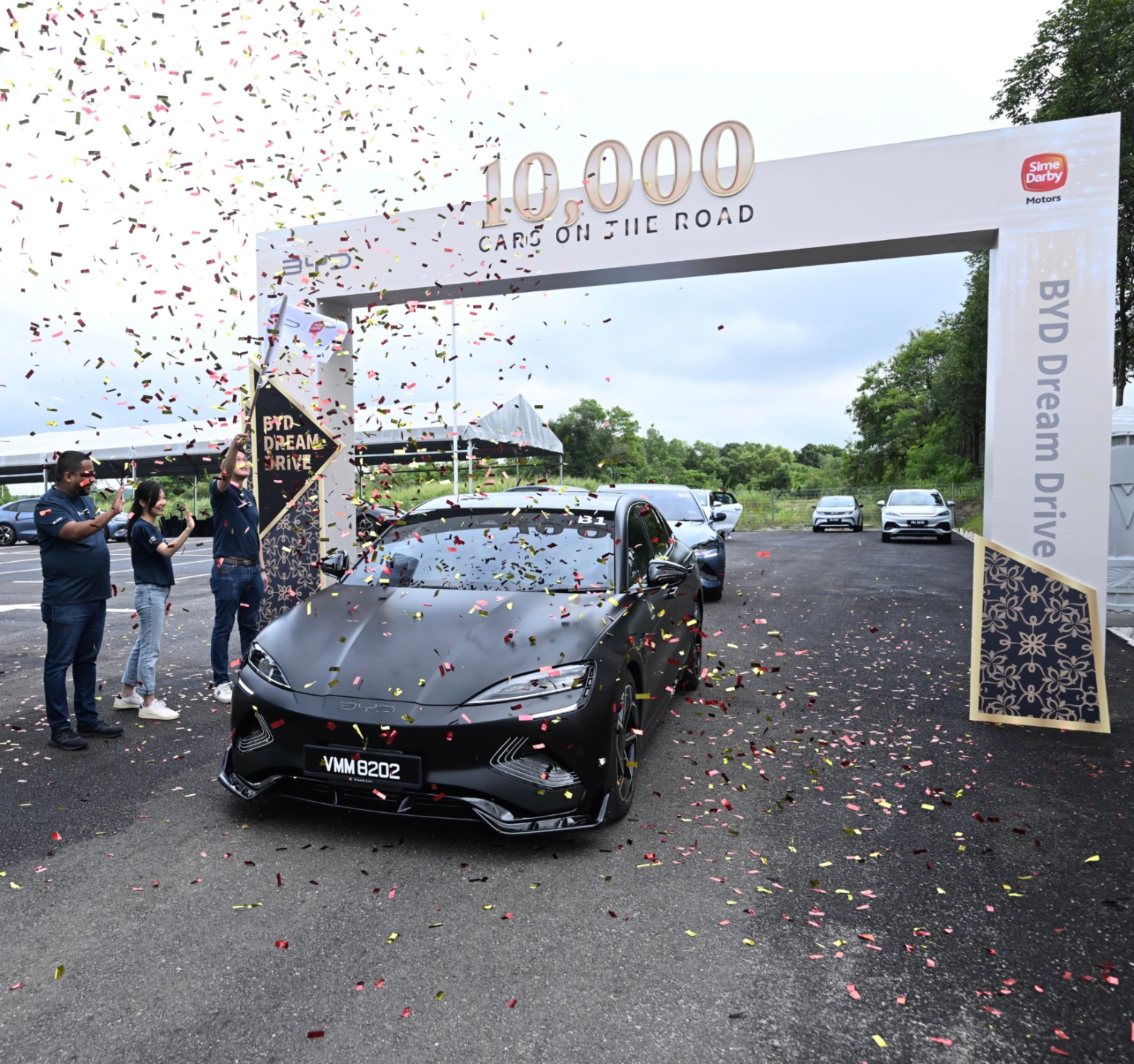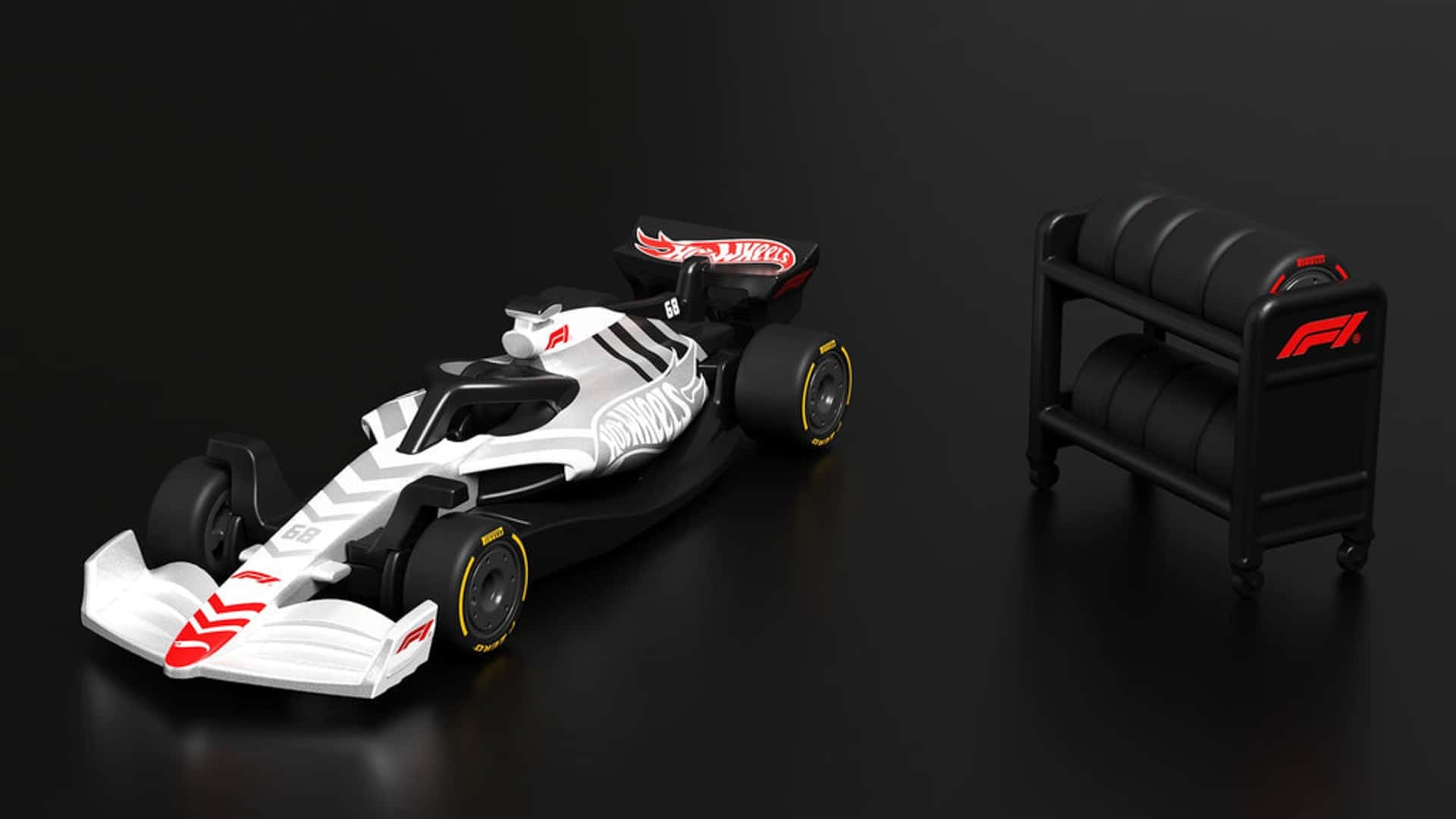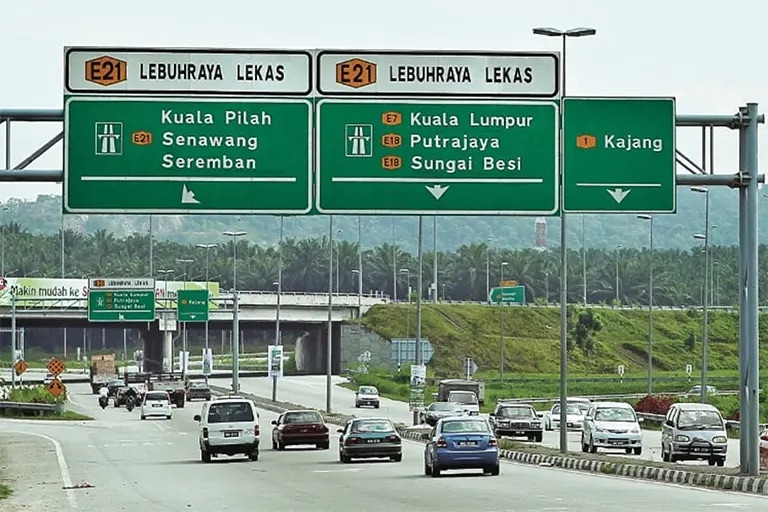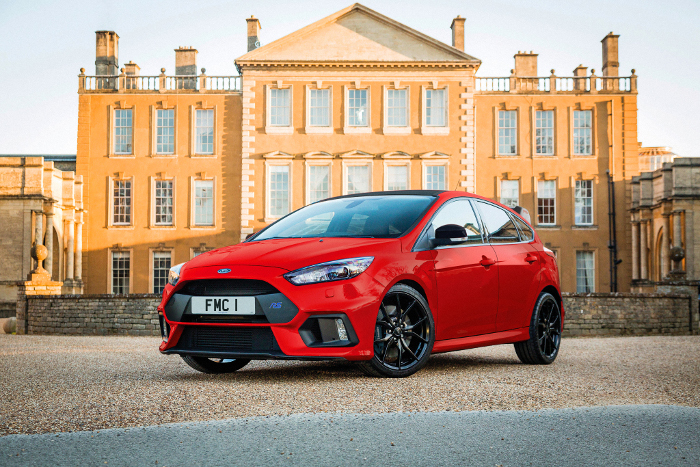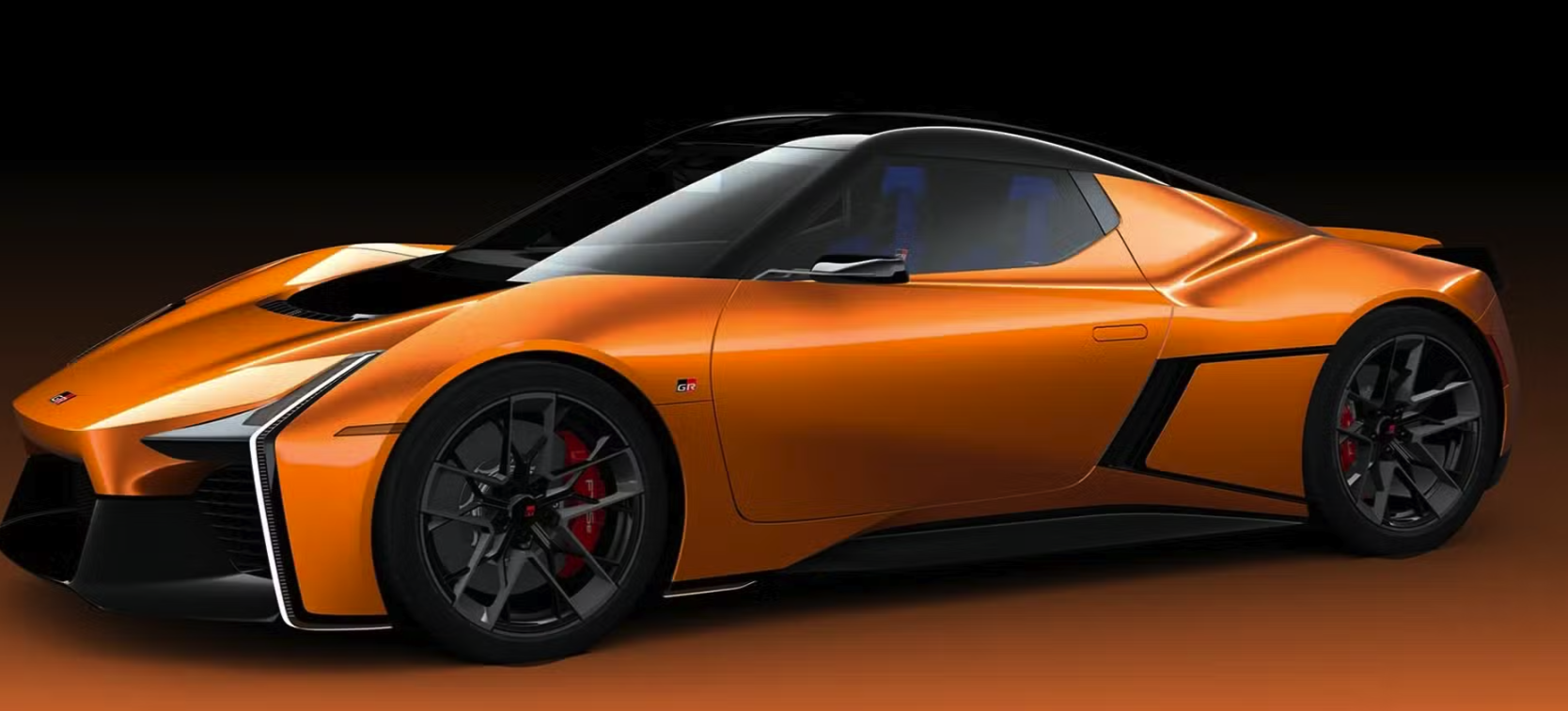The 21st century is regarded as the ‘Pacific Century’ with the ascent of China into a global economic power. This decade might also be the ‘Middle East Decade’ in motorsport with the recent election of Mohammed Ben Sulayem from the United Arab Emirates (UAE) as President of the Federation Internationale de l’Automobile (FIA), the 117-year old governing body for world motorsport and the federation of the world’s leading mobility organisations.
Ben Sulayem, 60, received 61.62% of the votes from FIA Member Clubs, which are from 245 Member Organisations in 146 countries on 5 continents. The closest other candidate for the position was Britain’s Graham Stoker, who received 36.62% of the votes (with abstenstions of 1.76%). Ben Sulayem takes over from Frenchman Jean Todt, who was President since 2009 and served 3 terms, the maximum permitted.
Ben Sulayem has a strong motorsports background as a rally driver, having been14-time FIA Middle East Rally Champion and would be among the most successful motorsport drivers from the Arab world. He won 61 international events from 1983 to 2002, some of them when he was with the Toyota works team participating in the World Rally Championship. Towards the end of his rallying years, he also drove Fords.
Apart from being President of the Emirates Motorsports Organisation since 2005, he has had a presence at the council level in the FIA since 2008 when he became the first Arab named as Vice-President of the FIA, and the first to be elected to the FIA World Motor Sport Council (as Vice-President for Middle East). He campaigned under the banner ‘FIA for Members’, committing to double motorsport participation worldwide, strengthen diversity and inclusion and be a leading opinion-former on sustainable mobility.
“I am very honoured to have been elected FIA President at the conclusion of the Annual General Assembly in Paris today. I thank all the Member Clubs for their esteem and trust. I congratulate Graham for his campaign and his engagement to the Federation. I wish to express my infinite gratitude in the name of the FIA and that of its Members to Jean Todt for all that has been achieved over the past 12 years. I am committed to pursuing the important work and make motorsport and mobility take further steps forward,” said Mohammed Ben Sulayem.
Elected for a 4-year term, the new President’s team will include Carmelo Sanz de Barros as President of the Senate, Robert Reid as Deputy President for Sport, and Tim Shearman as Deputy President for Mobility and Tourism.
There will also be Vice-Presidents to represent various regions, just as Ben Sulayem represented the Middle East before. Taking on his role is Abdulla Al Khalifa from Bahrain), while Rodrigo FERREIRA ROCHA from Mozambique will cover Africa. North American activities will come under Daniel Coen from Costa Rica, with Brazilian Fabiana Ecclestone (wife of Bernie Ecclestone) looking after South America. Lee Lung Nien from Singapore will be responsible for Asia-Pacific motorsport, and Sweden’s Anna Nordkvist with Spaniard Manuel Avino looking after Europe.
India lost its seat on the World Motor Sport Council (WMSC) for the first time in more than three decades. The incumbent Gautam Singhania was unable to retain his position on one of the 14 WMSC seats.
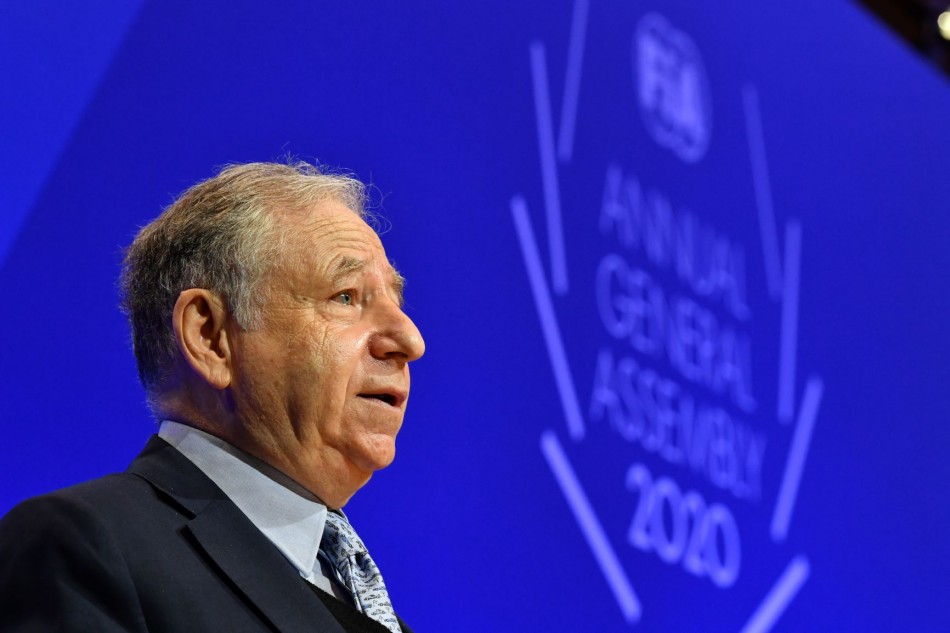
Speaking on departure from the role as FIA President, Todt (husband of Tan Sri Michelle Yeoh) said: “A chapter has come to an end. We can be collectively satisfied of our achievements in motor sport and safe and sustainable mobility over the past 12 years. I would like to warmly thank my team, our administration and all our Member Clubs for their unwavering commitment, enthusiasm and resilience. I congratulate Mohammed on his election as FIA President and wish him, his team, and the Federation the best of success for the years to come.” Todt has been conferred the status of Honorary President of the FIA in recognition of his contributions.
FIA research finds solutions to reduce spinal injuries in cross-country events





